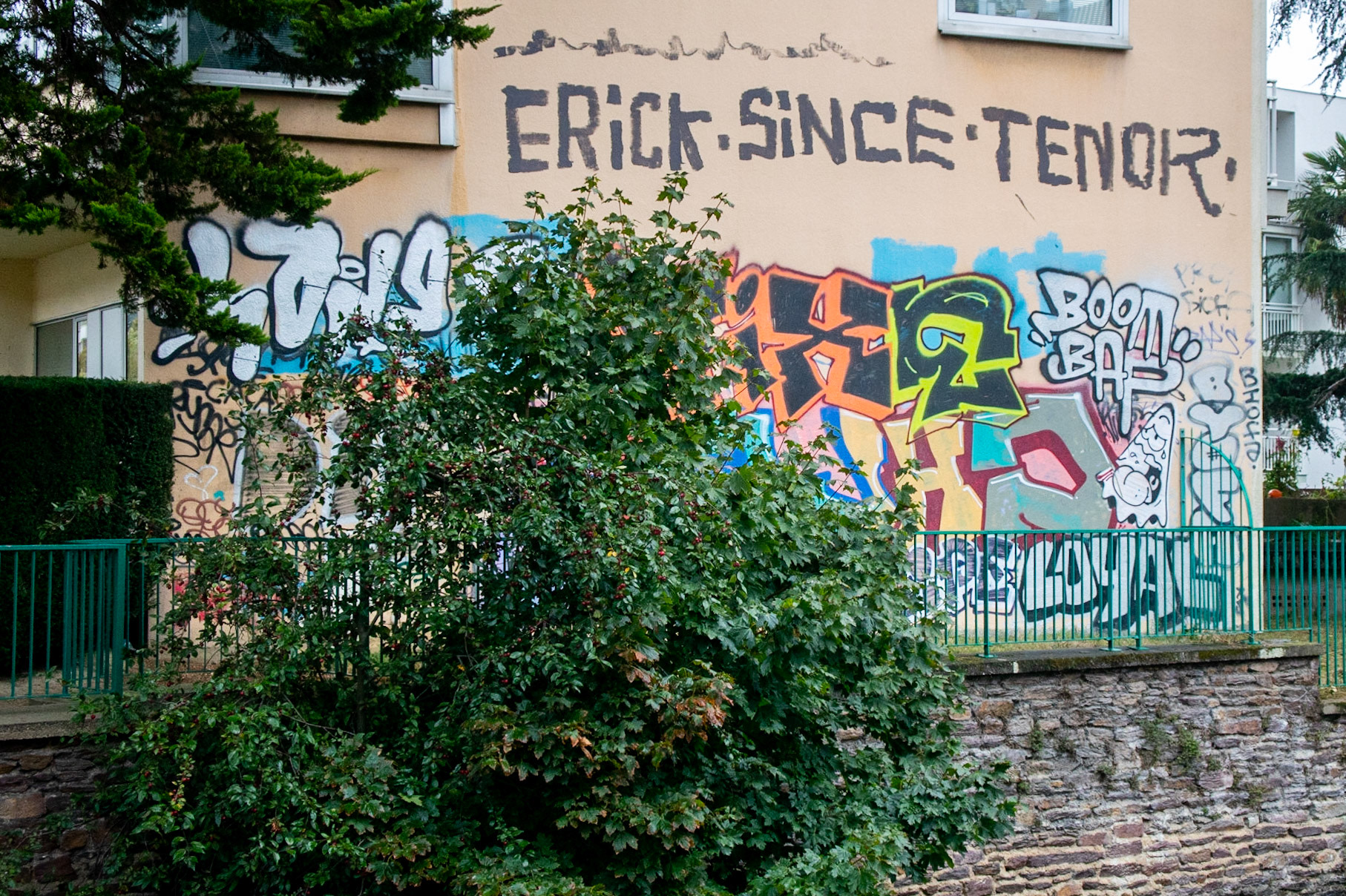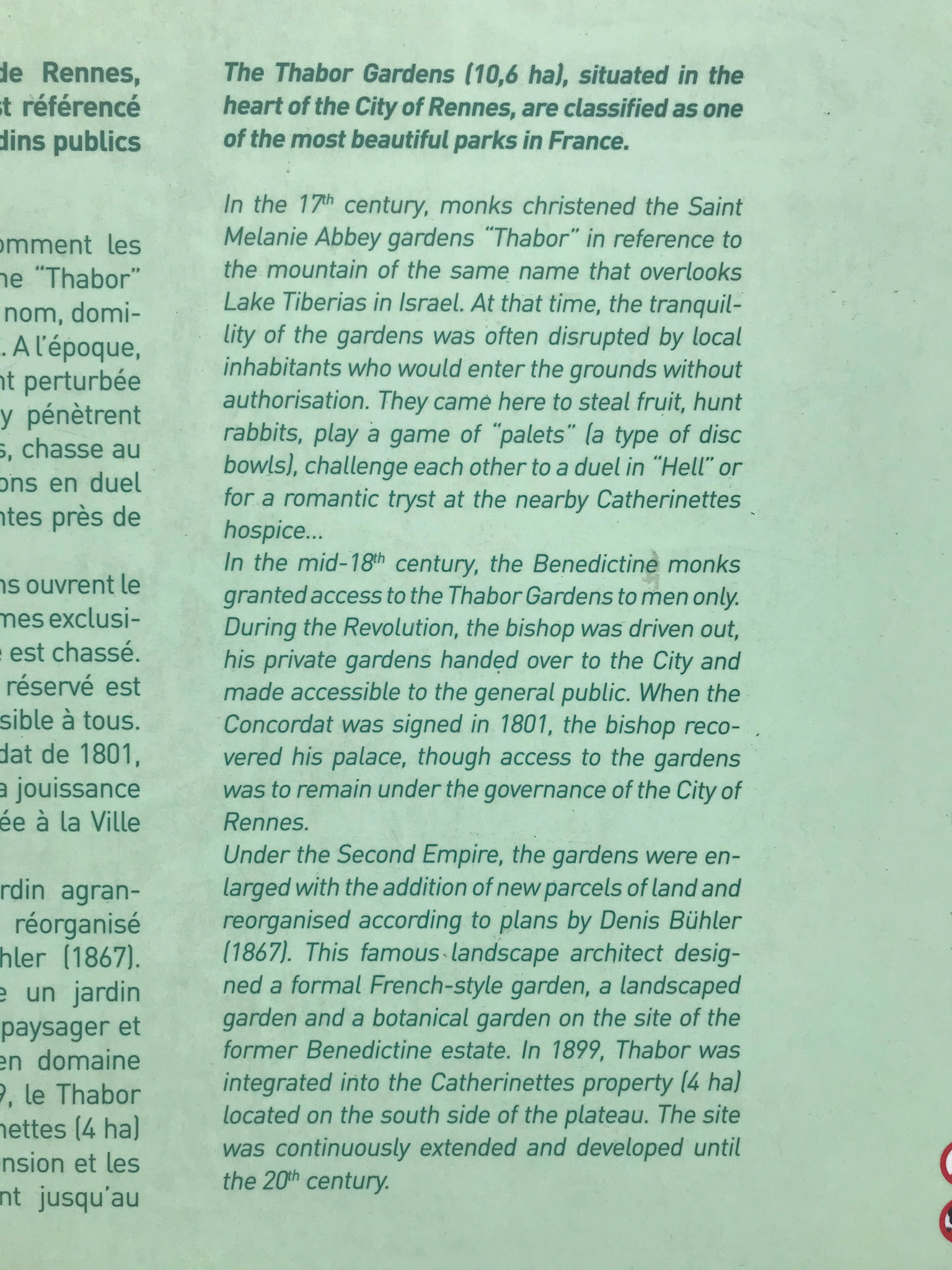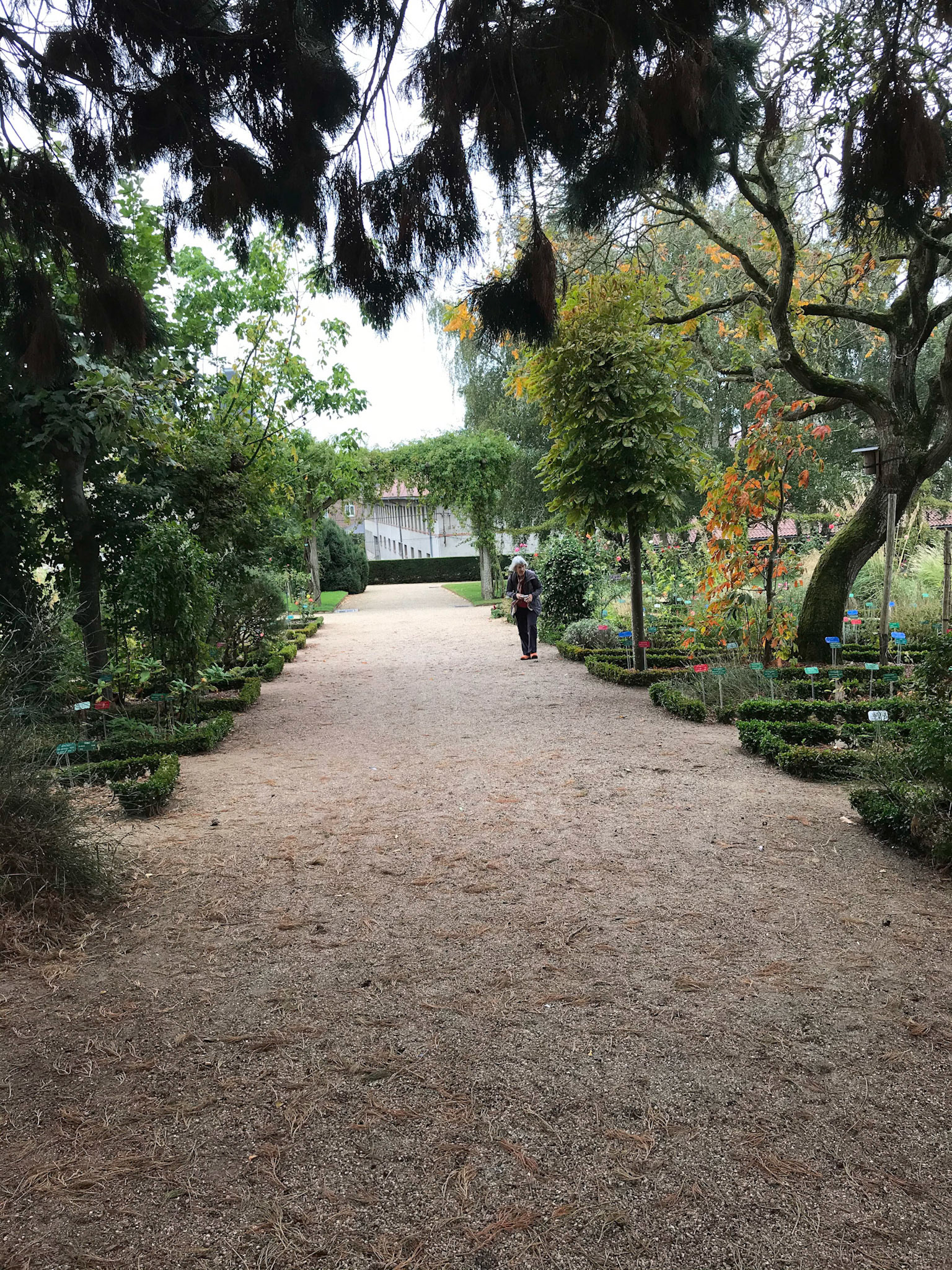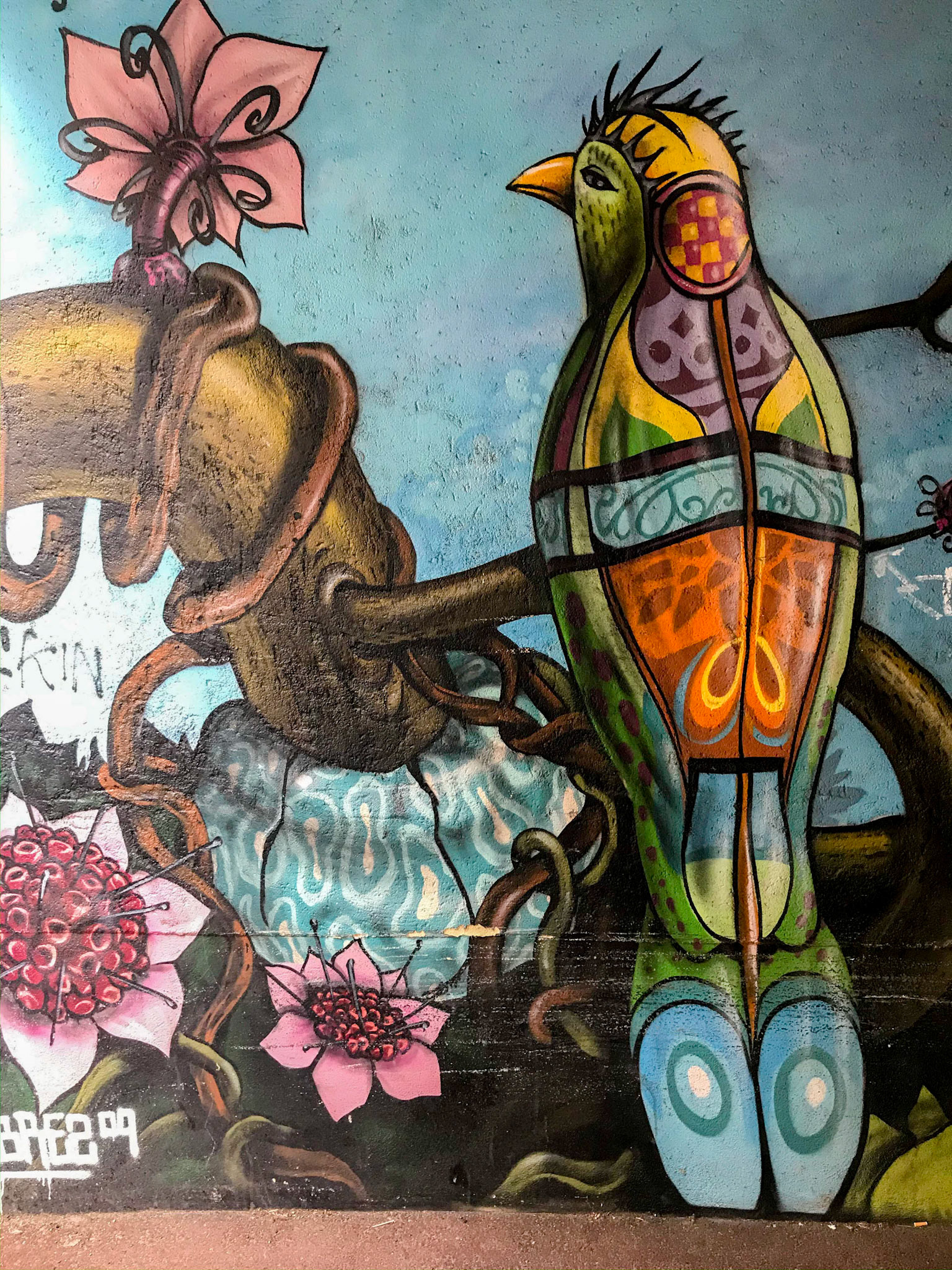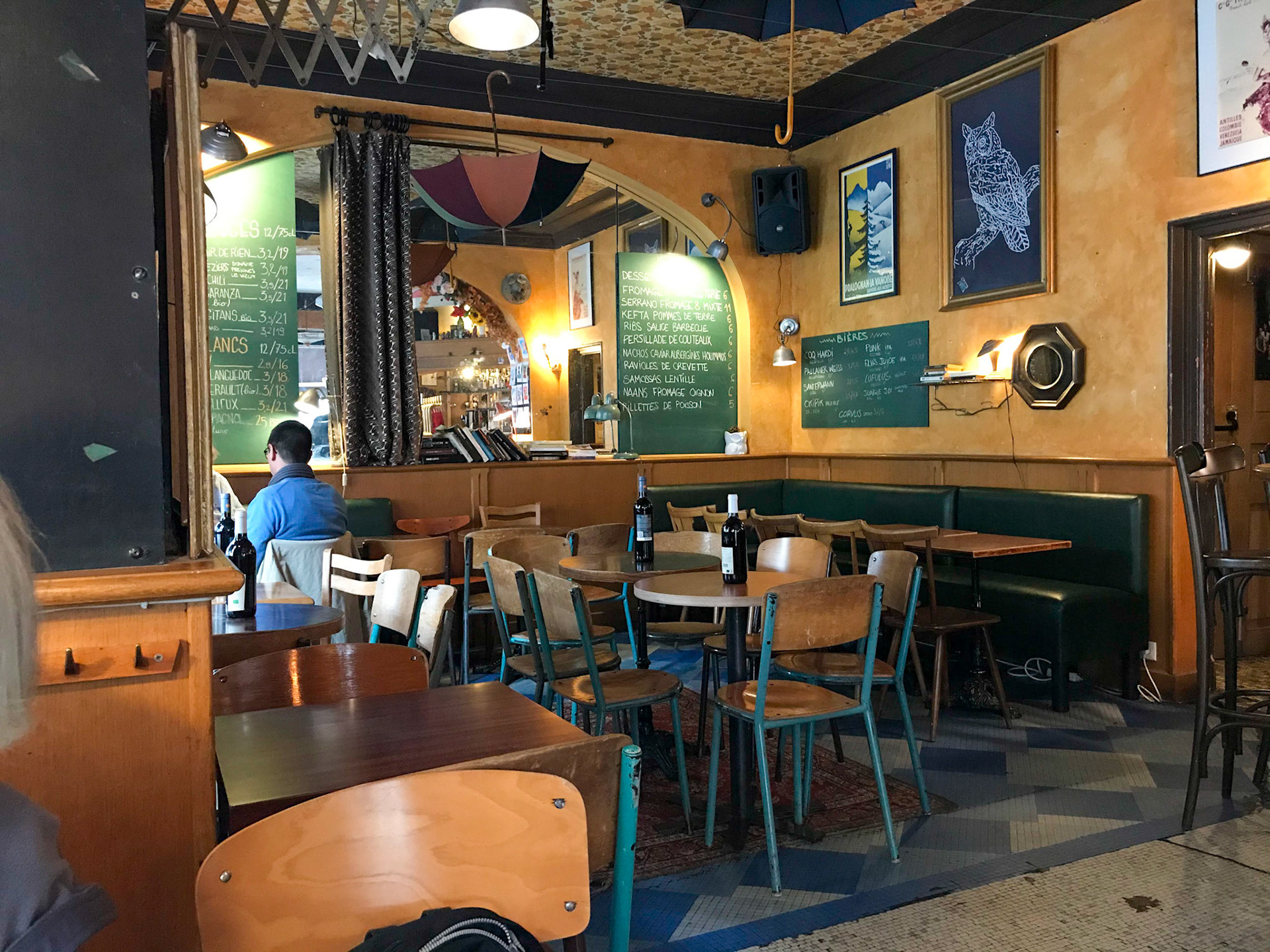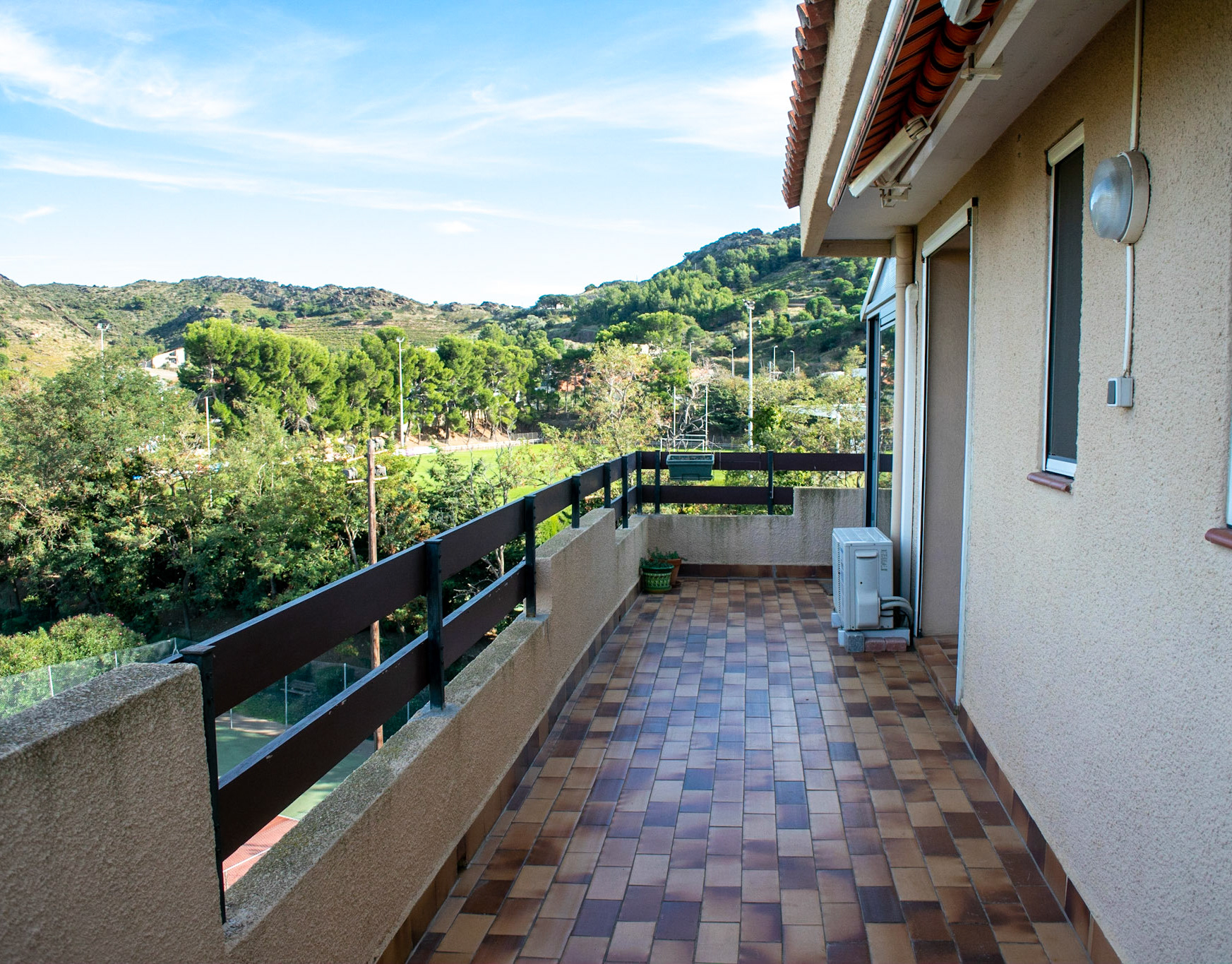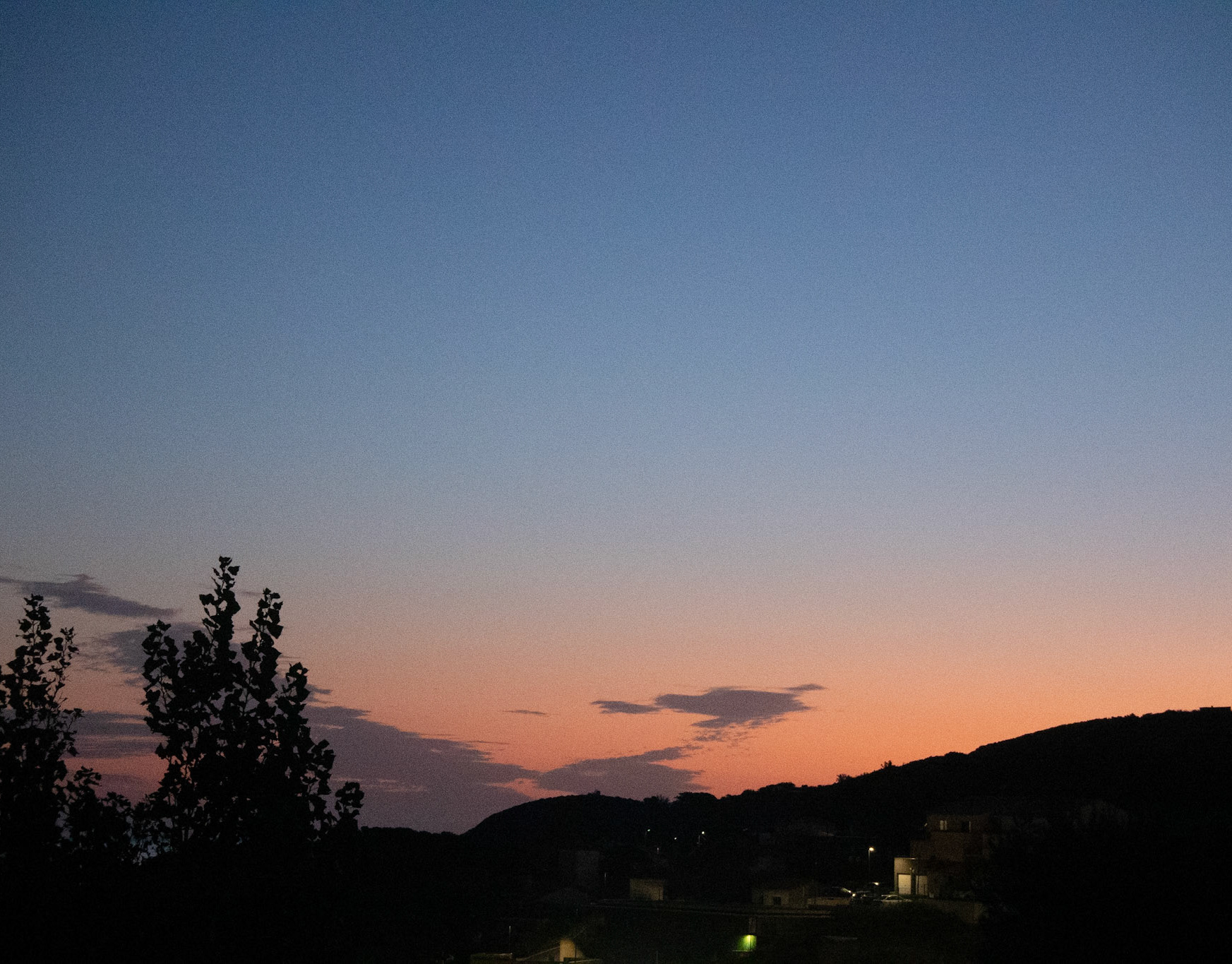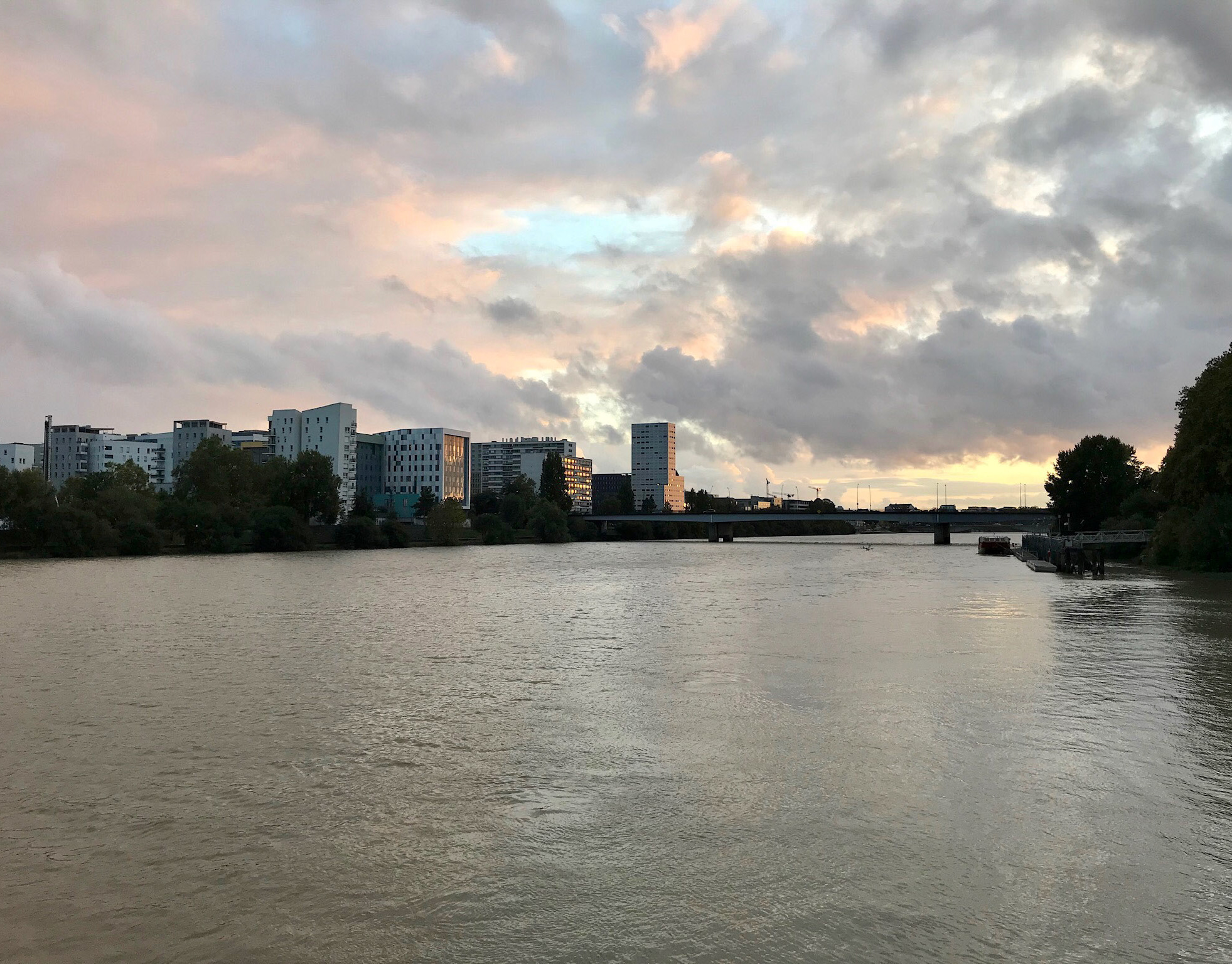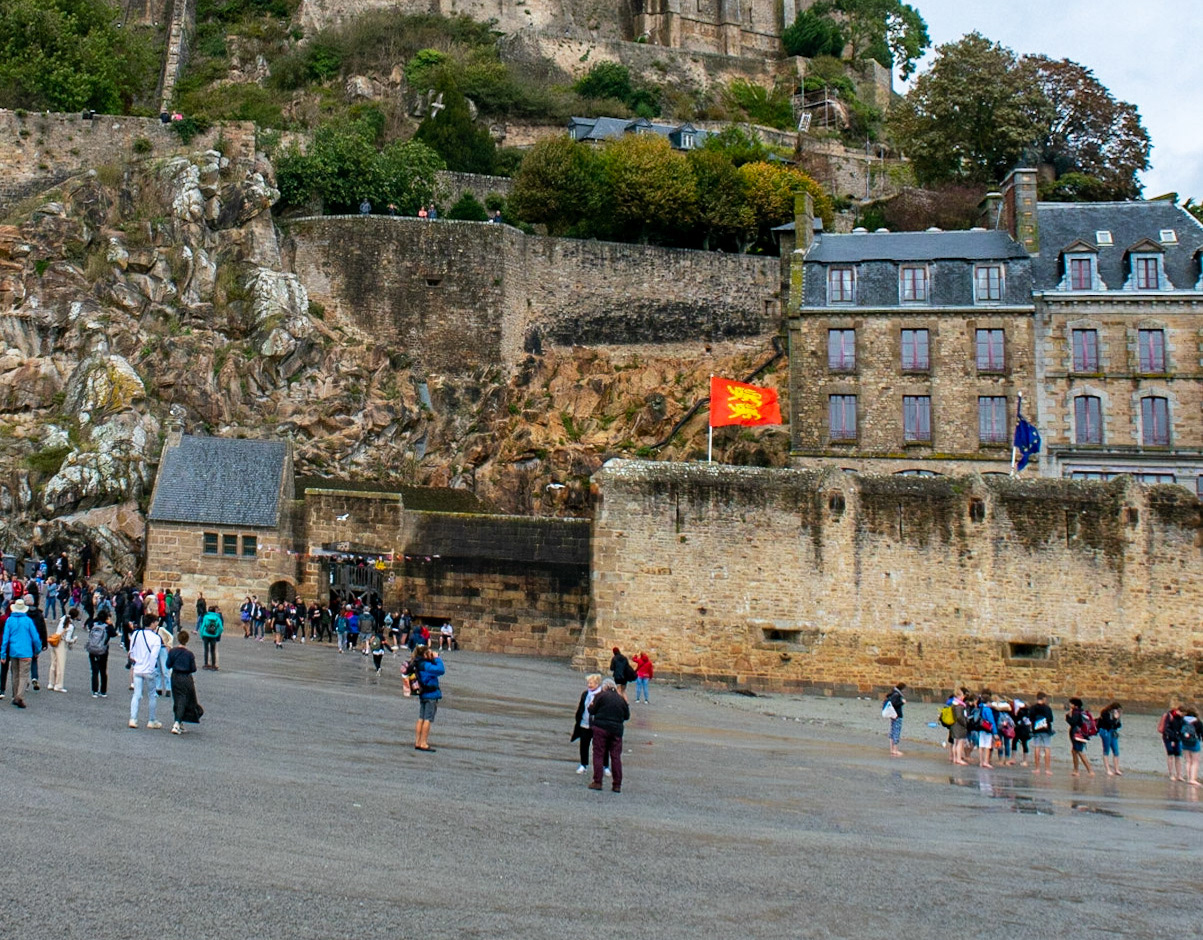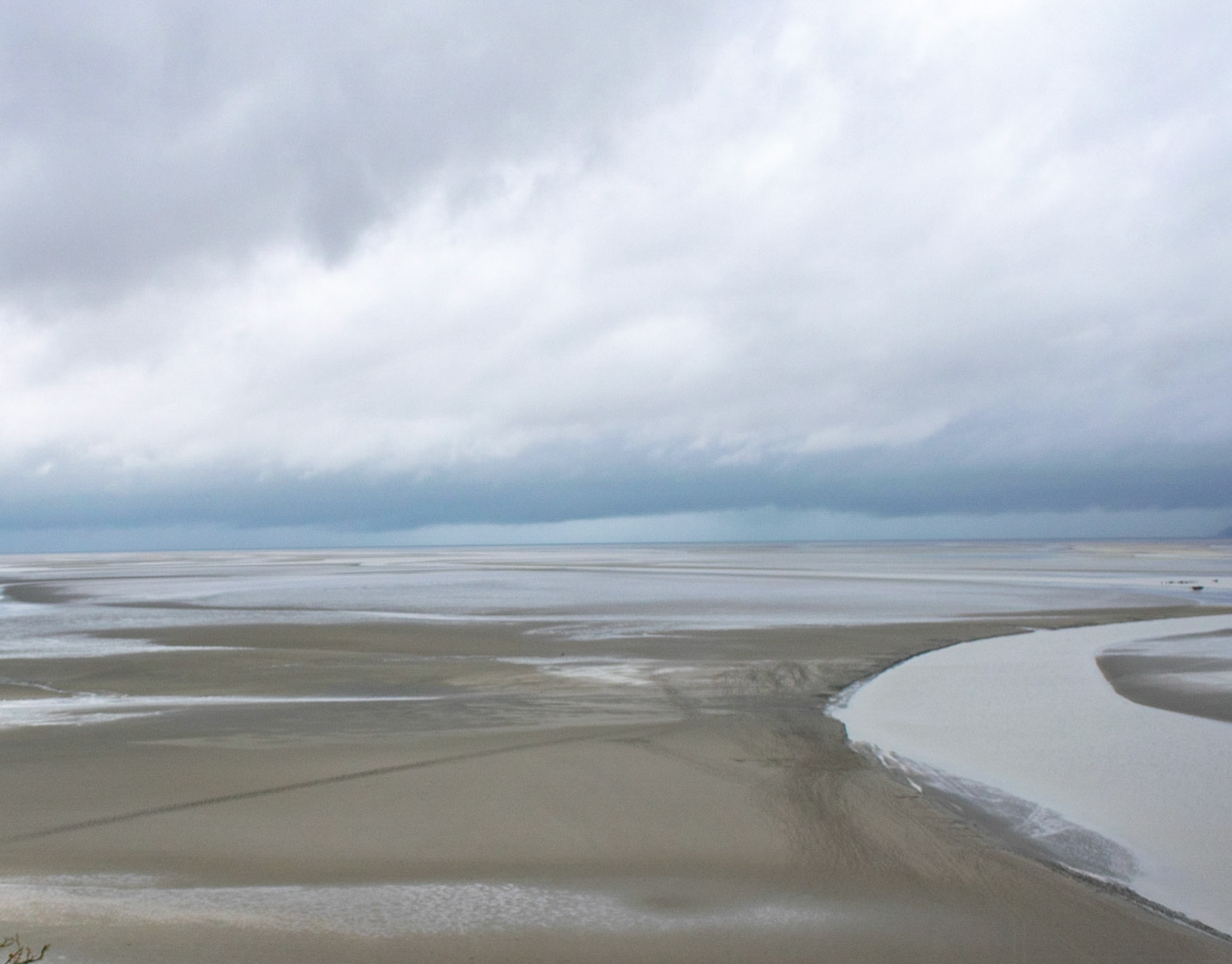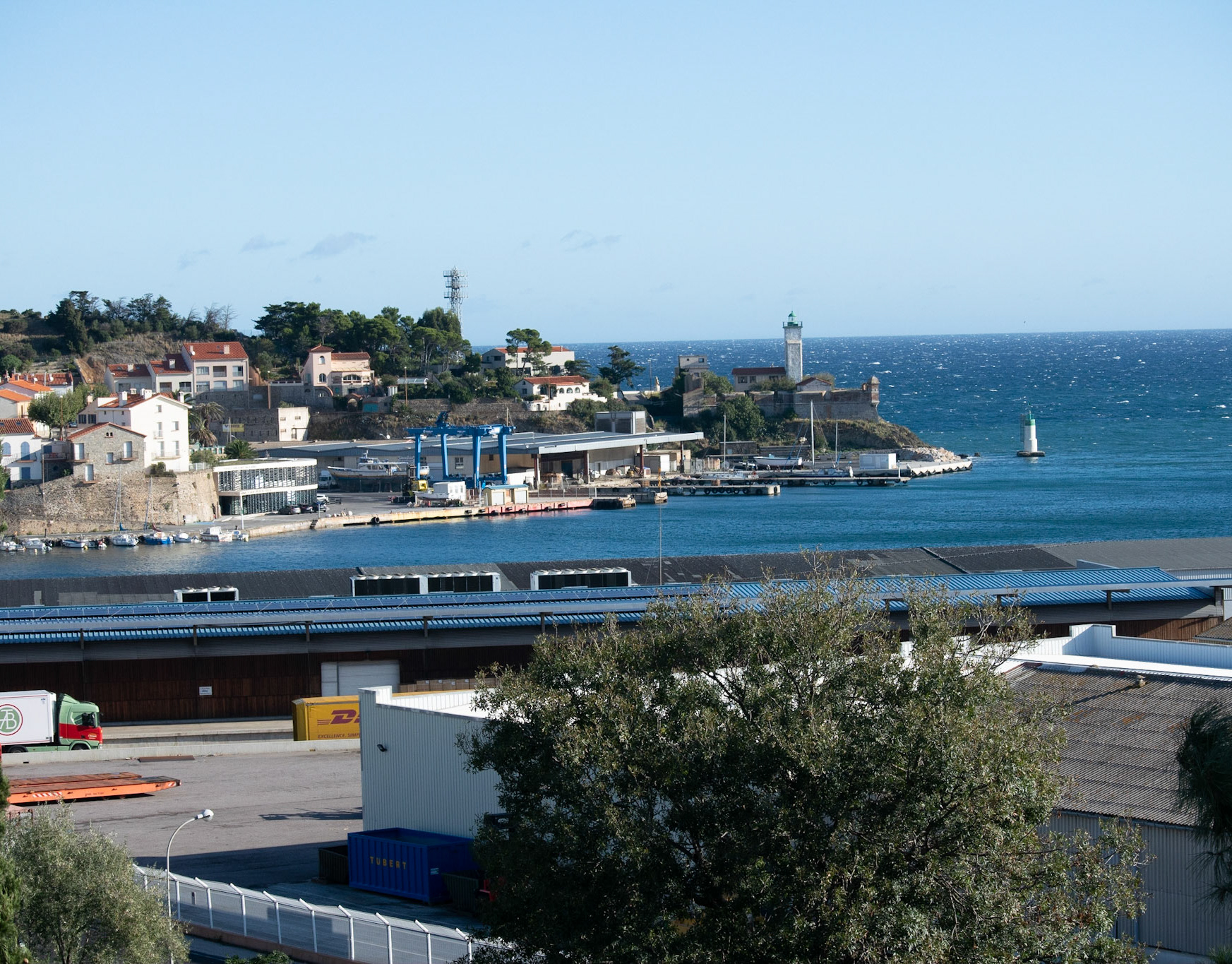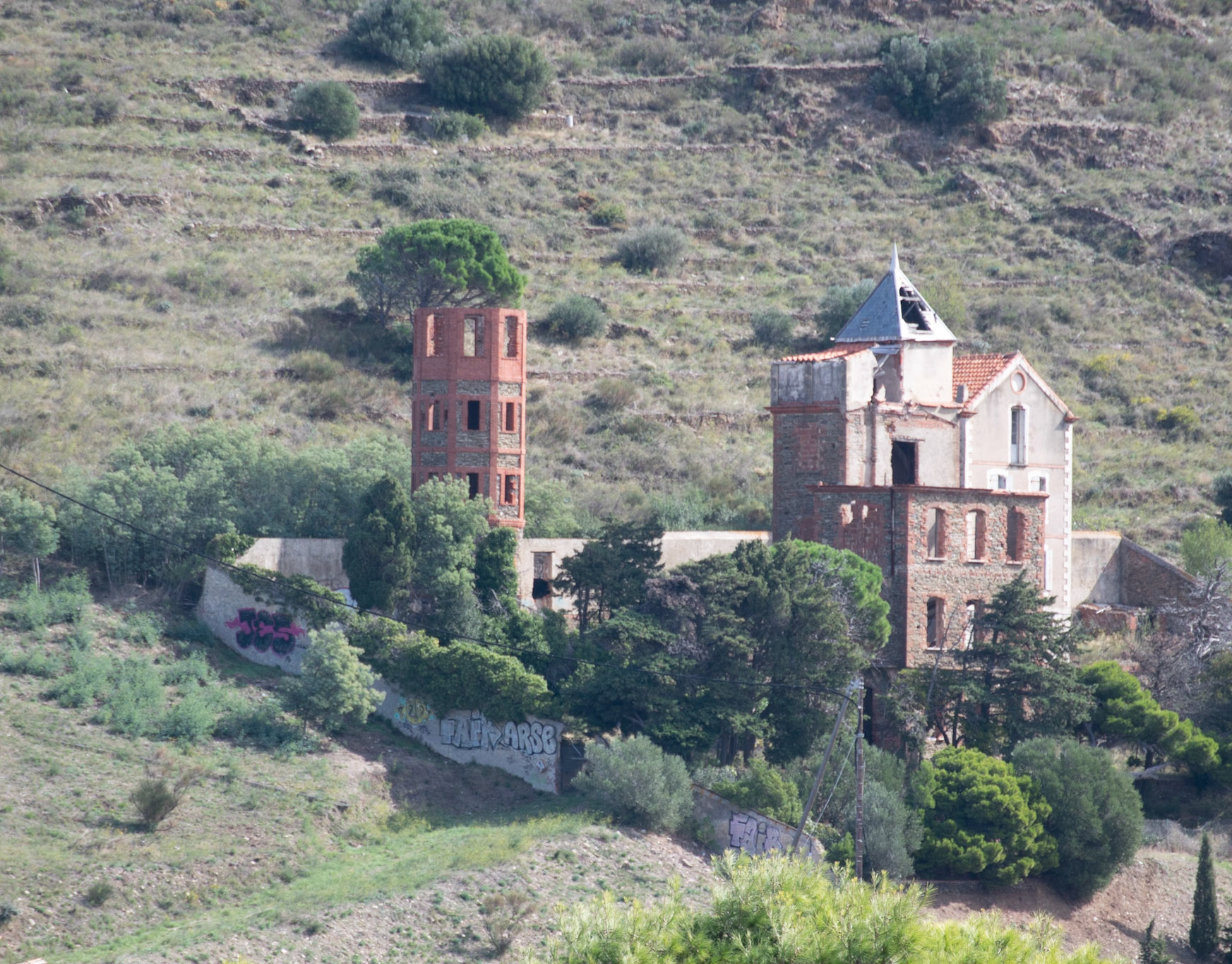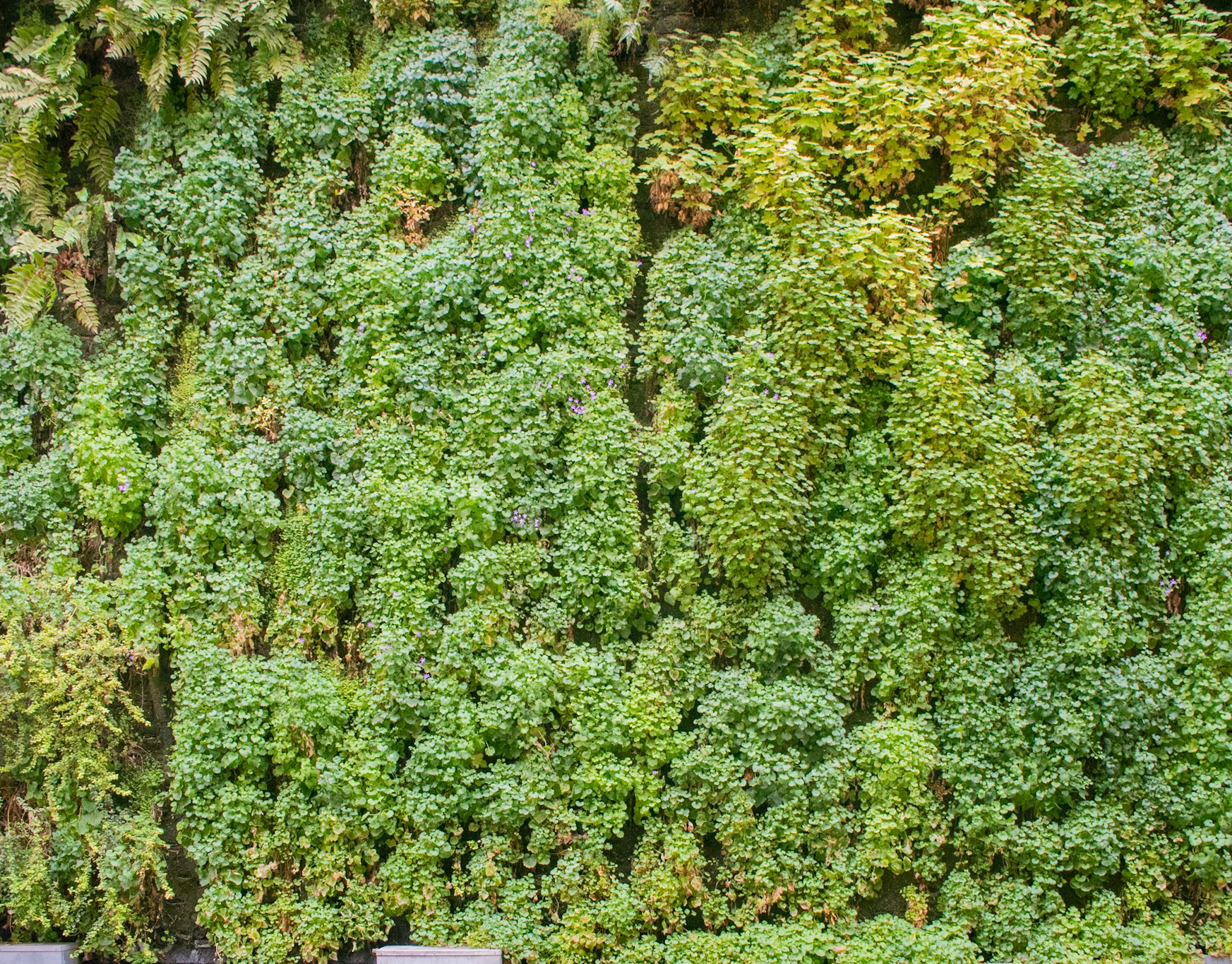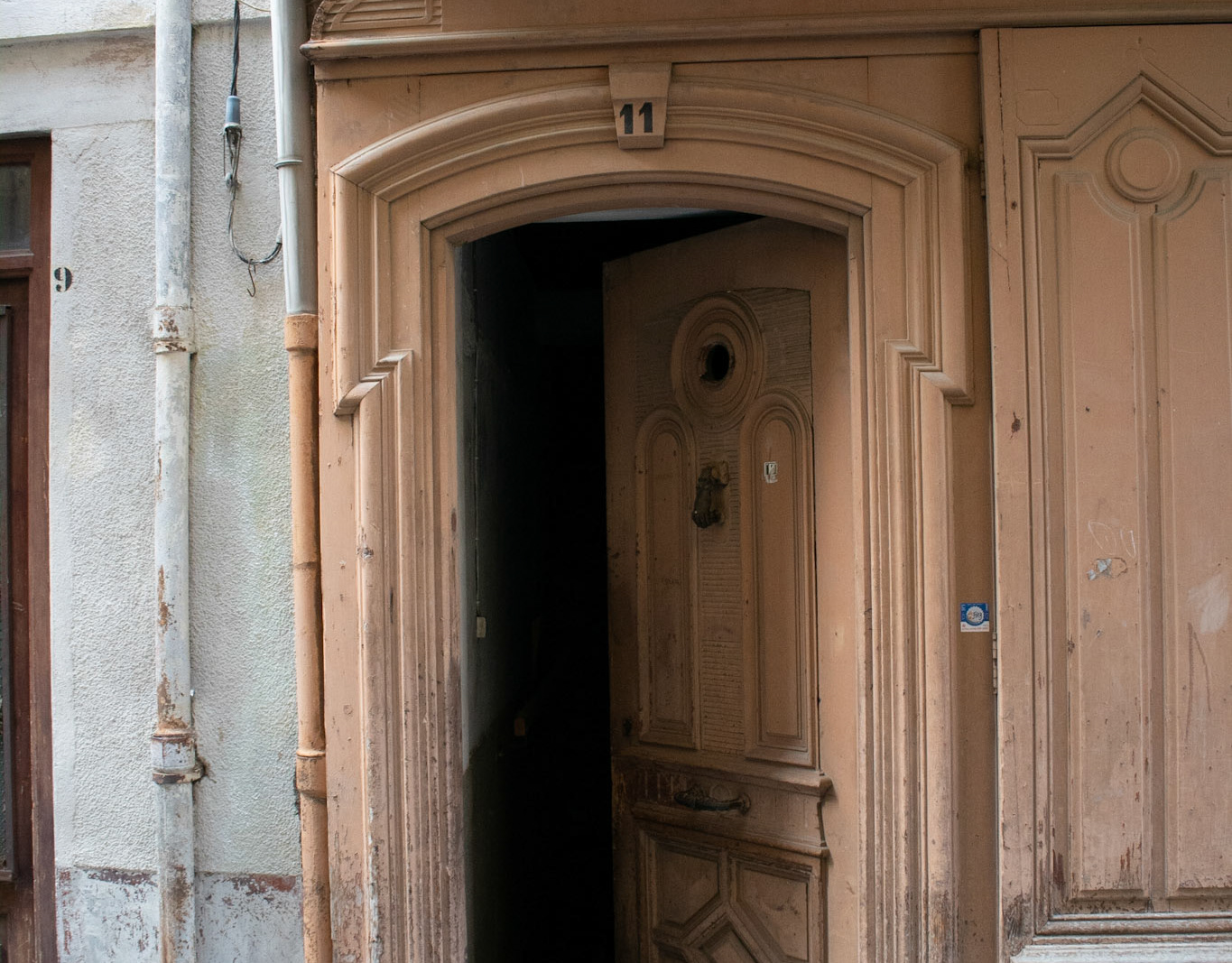We had eventful flights from Portland to Paris. Not adventures worth repeating or relating. We had planned to travel from Charles De Gaulle via SNCF trains to Rennes, rather than stay overnight in Paris before heading on to Mt St Michel, Nantes, Bordeaux, Perpignan, and, finally, Port-Vendres. We werte also aware that strikes were being called by the rail workers union and that the service stoppages were random and effectively schedule-destroying for us. Of course, that was their point. They have an enviably savvy and activist union. We’d be calm and roll with the punch this threw us on our arrival, weary and off schedule but glad to be on the real journey.
We had missed the last train before the work stoppage by only a quarter of an hour. That lateness was due to airline mistakes and not the rail strikes, but so what? We waited about six more hours before the route opened again. We’d had plenty of time to revise our tickets, eat some airpot food, and get our butts even sorer than they were when we got off the plane.
Finally we were almost flying toward Rennes on a TGV run that I don’t think was there before, but it probably was. We’d decided on Rennes after deciding on a night on Mt St Michel. It was the closest station and we’d take a bus from there to the tide-bound cathedral island.
We’d done enough research to know that we’d probably enjoy a day in this city that is not known as a tourist destination. We were right. The neighborhoods around downtown were old and built on the canals that once propelled the products of local industry to market. It was local, interesting, historic, and unpretentious.
Rennes is ancient, predating the Roman occupation, and is now a national center for high tech industries and important in automotive manufacture. Its proximity to Paris has also made it more important as a residential city—the 10th largest in France.
Our hotel was a bit funky, cobbled together from an original garden court and a scattered array of apartments in the neighborhood. We chose it for price and a breakfast that looked good in the photos. Also because it seemed to be well-located for catching the train on down the line, so we wouldn’t be dragging our stuff very far when we caught our local to Nantes, and we’d be quite near the large old garden we’d read about. Gardens are usually worthwhile, so we had planned to arrive with time for a serious walkabout with our goal of spending the next midday and afternoon in Parc du Thabor.
But after getting in quite late because of the train stoppage, we hadn’t gone out, even to eat. Just crapped out and headed toward morning.
The hotel’s breakfast photos actually hadn’t done justice to the great spread served either in the courtyard garden or inside at tall tables with lots of window light. Lots of space. Newspapers from around Europe, but mostly France. We browsed something from London, but then tried digging into the French. Linny has a good handle on the language, and I’m making headway reading it—actually parsing it but the shavings get finer. If another five or six long trips were possible my French would be passable. N'est-ce pas vrai? Je le pense.
We ate more than usual and were tuned up on coffee by the time we hit the streets with some recommendations from the staff on what to expect in various directions, but special guidance on the immediate neighborhood and the park. Great help.
We decided to first wander in a couple of widening circles around our hotel, mostly looking at the distinct local architecture in the half-timbered tall houses along the remaining canals and in a neighborhood just below Parc du Thabor.
We knew from the little research we’d done that Thabor is a combination of formal and informal, botanical and social spaces, all perched on a perfect hillside that was once a quarry. Waterfalls had a wild look to them as they cascaded into highly formal basins.
We entered le parc from the bottom and followed the wooded path beside a cascading stream up the steep slope through dense old plantings. Just past an original bridge made of fake branches (concrete), Linny and I stopped at an interesting tree to take stock of it and maybe a photo. Another couple heard us working on an identification and joined in conversation about the tree, the park, and Rennes. They were also visitors to this unassuming city, but they told us it was not for the first time. We were seeing why.
This is the heart of Brittany. Rennes is situated at the confluence of the Vilaine and Lile rivers. It’s the capital of the region and serves a conurbation of around 750,000 people. It’s known as a city of history and art and this has been conscientiously cultivated through monuments and the preservation of nearly 100 buildings.
The cultivated wildness of the old garden, where we entered at the bottom of the sculpted stream and falls, came out on a plateau and one end a boulevard lined with old trees leading to a junction with other promenades—first at an aviary and then at a large gazebo with a great audience space around it. From some racks of chairs to one side, we decided there must not be more rain today.
Beyond was another another longer, higher tier: l’Orangerie. It is comprised of a row of glass greenhouses with their roofs tracing the back edge of the park. Oranges are no longer cultivated here, and the spaces have been turned into galleries, workshops, and small exhibits. Smart, old homes stand beyond—and, as we soon learned, crowd almost all sides of this large, irregularly shaped park.
Our general path was from bottom left to top left; top left to top right, then down again to another plateau devoted to a monumental specimen garden laid out in concentric circles with a botanical purpose to both the circles and the radiating pathways. Quite impressive, and we were lucky to catch much of it still in bloom.
The weather had been temperamental, but we hadn’t used our umbrellas until a squall proved the gazebo forecast false and drove us from the garden to the protection of an old Sequoia. When the rain relented, we went in search of the public toilet marked on our map and found it but were confounded by it until we watched someone more savvy get it open. After that brief bread, we found the path out the far bottom corner and went in search of coffee and a place for dinner.
Despite all of our wandering, we’d not gotten out of the neighborhood around Garden Hôtel Rennes. We looked at our phone maps and headed back to freshen up at the hotel and then prowl the opposite direction toward the newer, taller part of downtown. Just then, we spotted a bar/bistro that we’d noticed the night before because of the loud party spilling into the streets when we were arriving so late. We could see and hear them from our window. And party bars weren’t even on the bottom of our list. The evening’s menu was posted. We stopped to read it.
Wow! It looked good. We stepped inside. It looked good there, too. We took a booth by a large window and did a little decamping and getting comfortable before the bartender appeared and busied herself with stacking cups and saucers by the espresso machine before welcoming us with a smile.
The Hibou Grand Duc (Great Horned Owl) was just opening for the evening. I should say: the bar was opening. The kitchen was far from ready to cook, but the bartender cobbled together a snack for us and plied us with espressos as we whiled away the last of the afternoon writing in our journals, reviewing photos, and doing a little sketching. The bartender asked if we were staying for dinner and handed us menus. She said it would probably be another hour before they’d serve. We were comfortable and cozy. The menu looked very good, better even than the small list at the door. So we stayed, ordering so early that we were served a bit early and enjoyed a delicious meal as the bar steadily filled and the sound level ramped up until we couldn’t talk and left for a short walk and an evening of more writing and reading in our room.
It's perhaps unfair, but our expectations were low for Rennes. We'd chosen it as a stopover, not a destination. What we knew in advance was what we garnered from travel sources when we looked for cheap, decent hotels with proximity to the train station and restaurants. Then we noticed the old park and gardens and we decided we should give it a whole day. We've already gotten used to stopping for a night's rest after a long haul. We hadn't really looked enough before we leaped. A few days in this city would not be wasted, and its location might make it an affordable Paris commute for part of a visit. It certainly connects to the northwest coast. And to our reason for being there, Mt St Michel. Its regional sister city is Nantes, which we'd thought more about.
Because it's not a major tourist town, Rennes is all the better for a mellow meander around a small, ancient, modern, semi-rural sophisticated French provincial center. We caught the bus the next morning with those fond memories as a start to our 31 days of exploration. We were off to Mont St Michel.
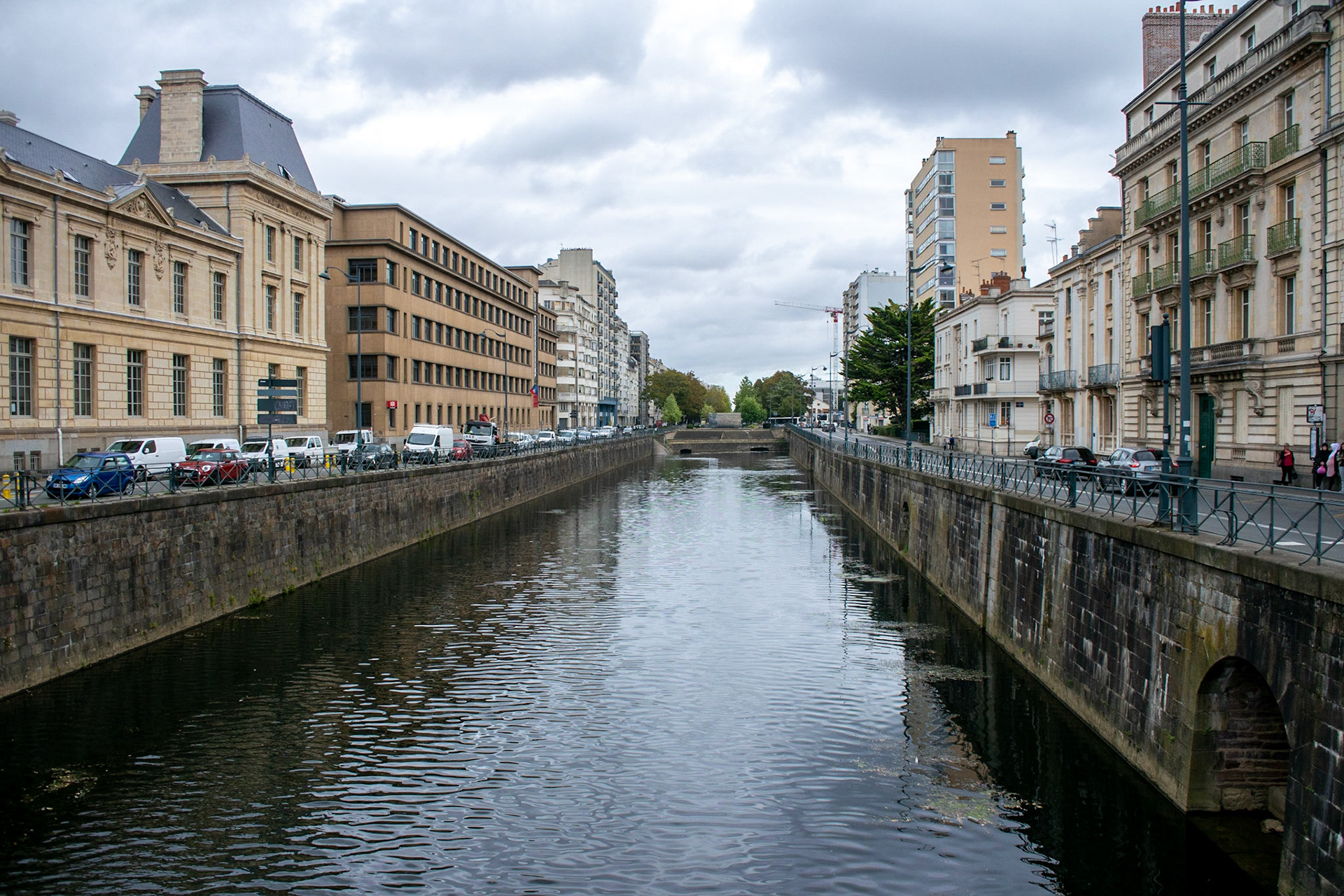
Canals were the railroads of the early industrial era.
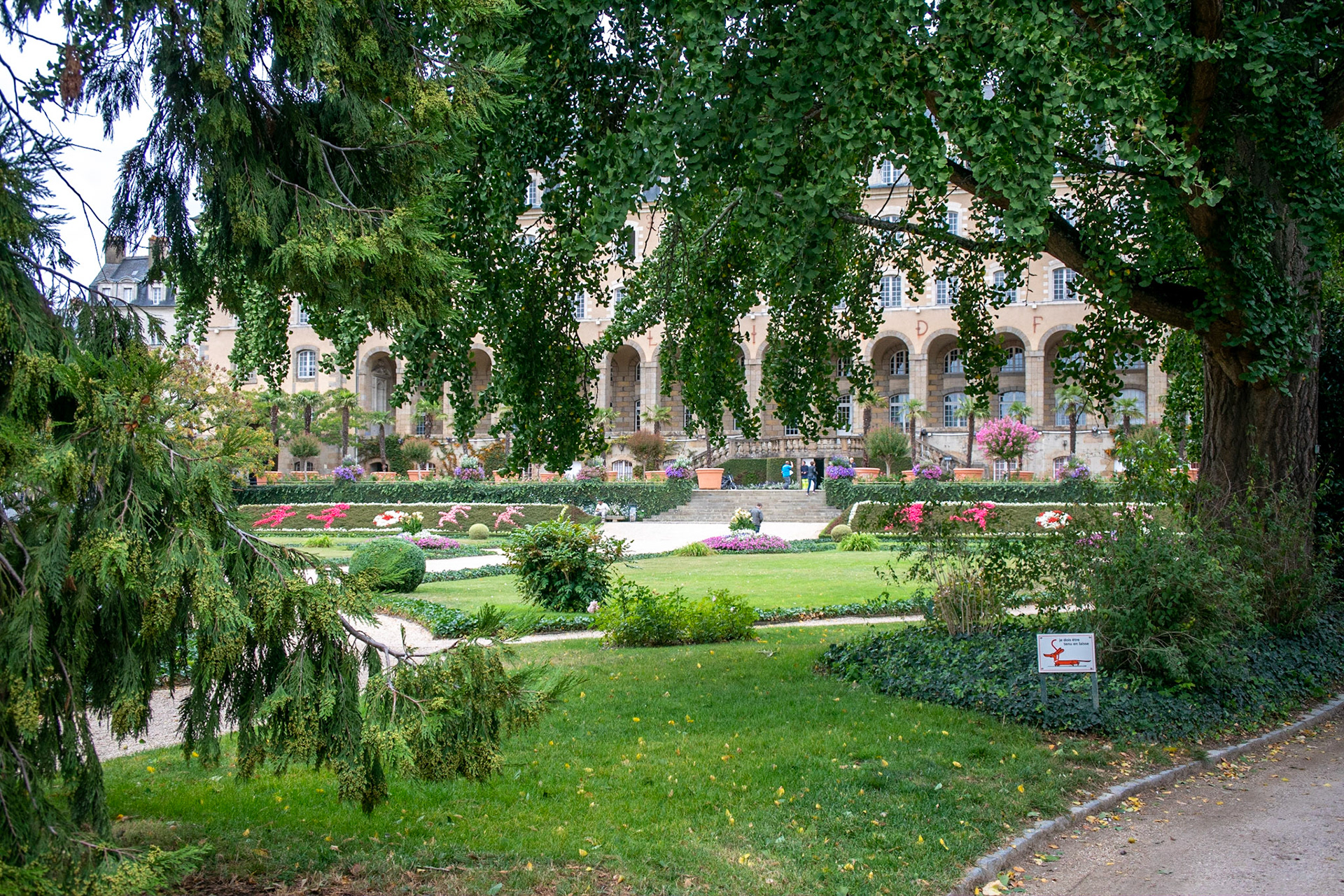
Hôtel de Courcy - Conseil régional de Bretagne
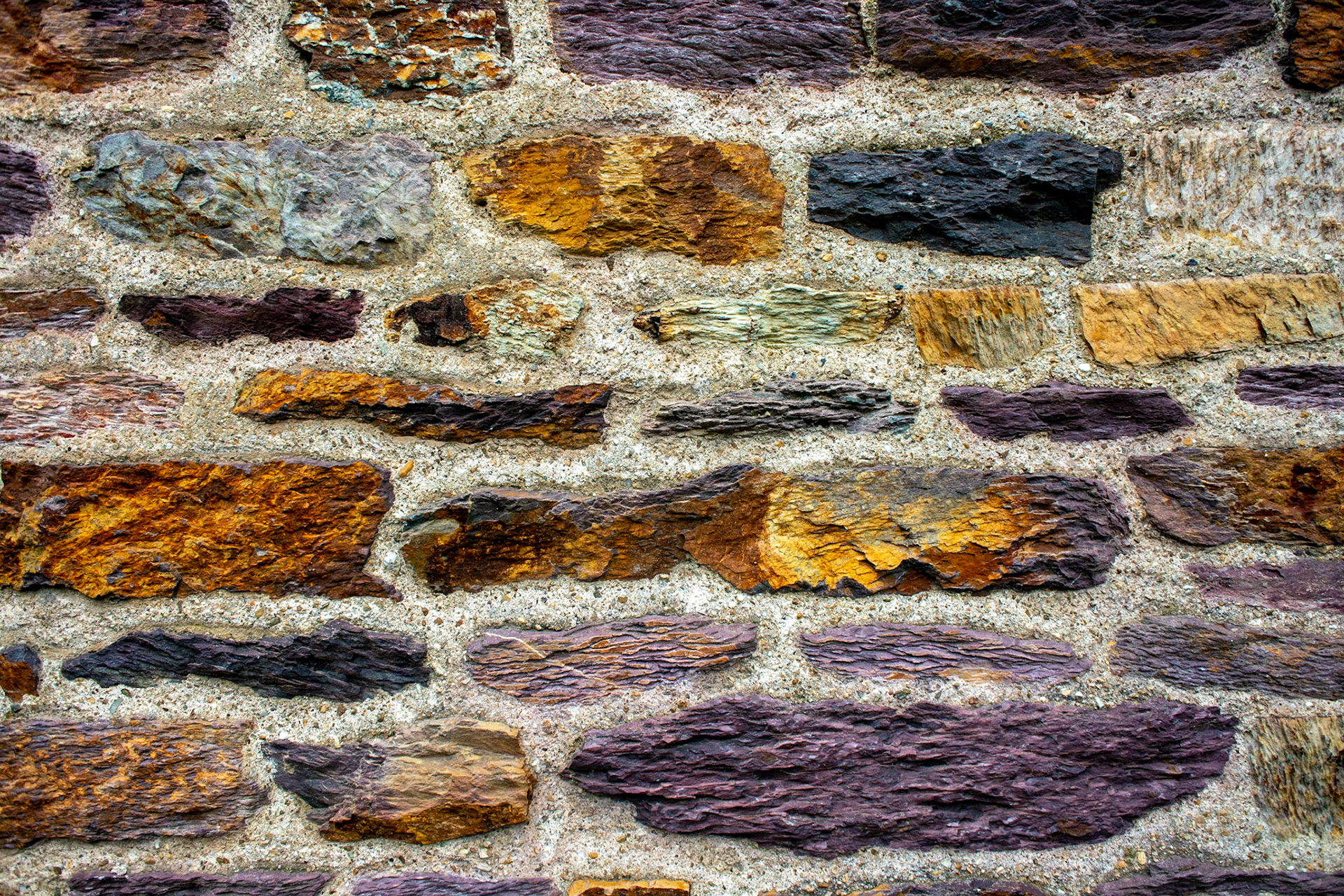
Old stone masonry.
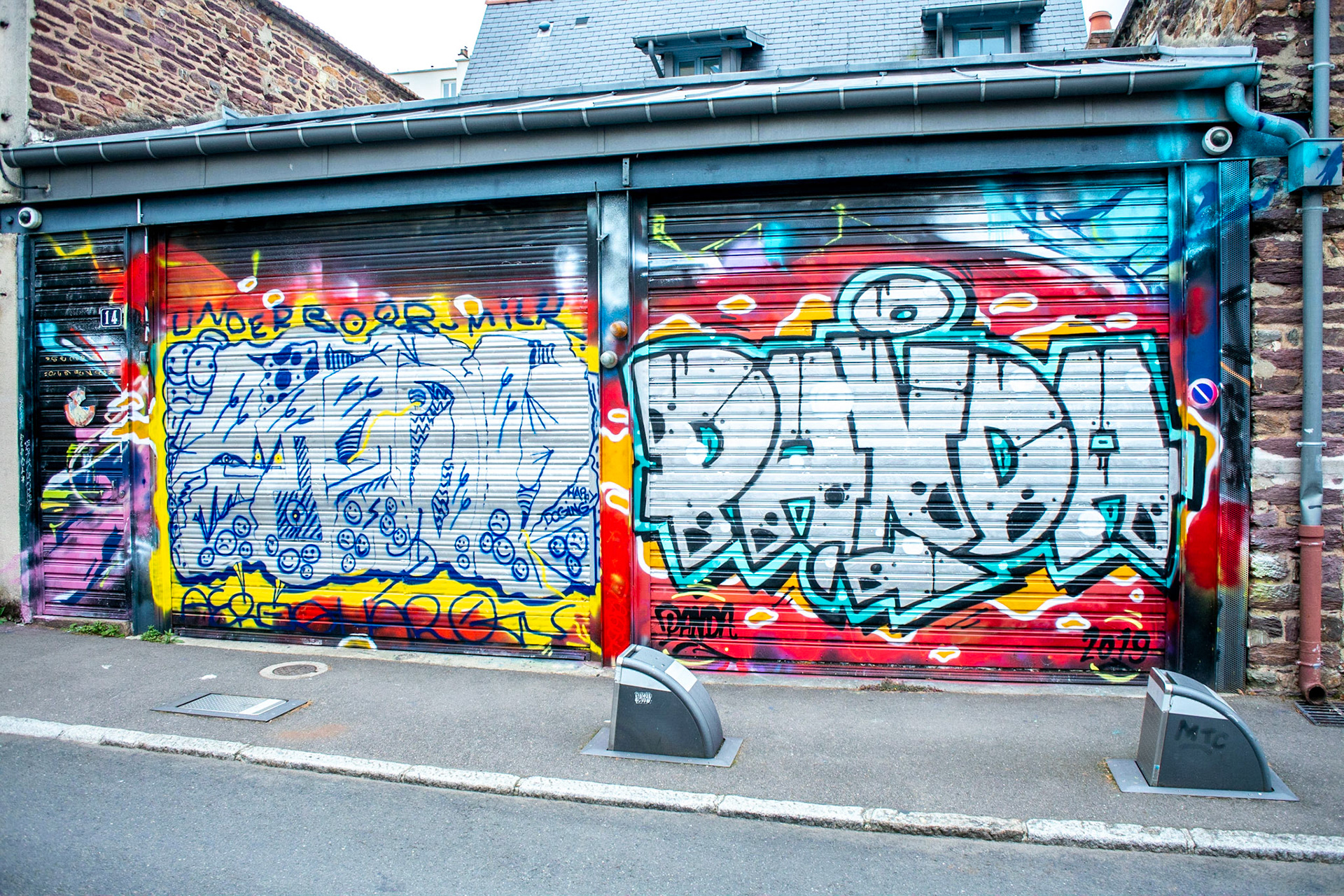
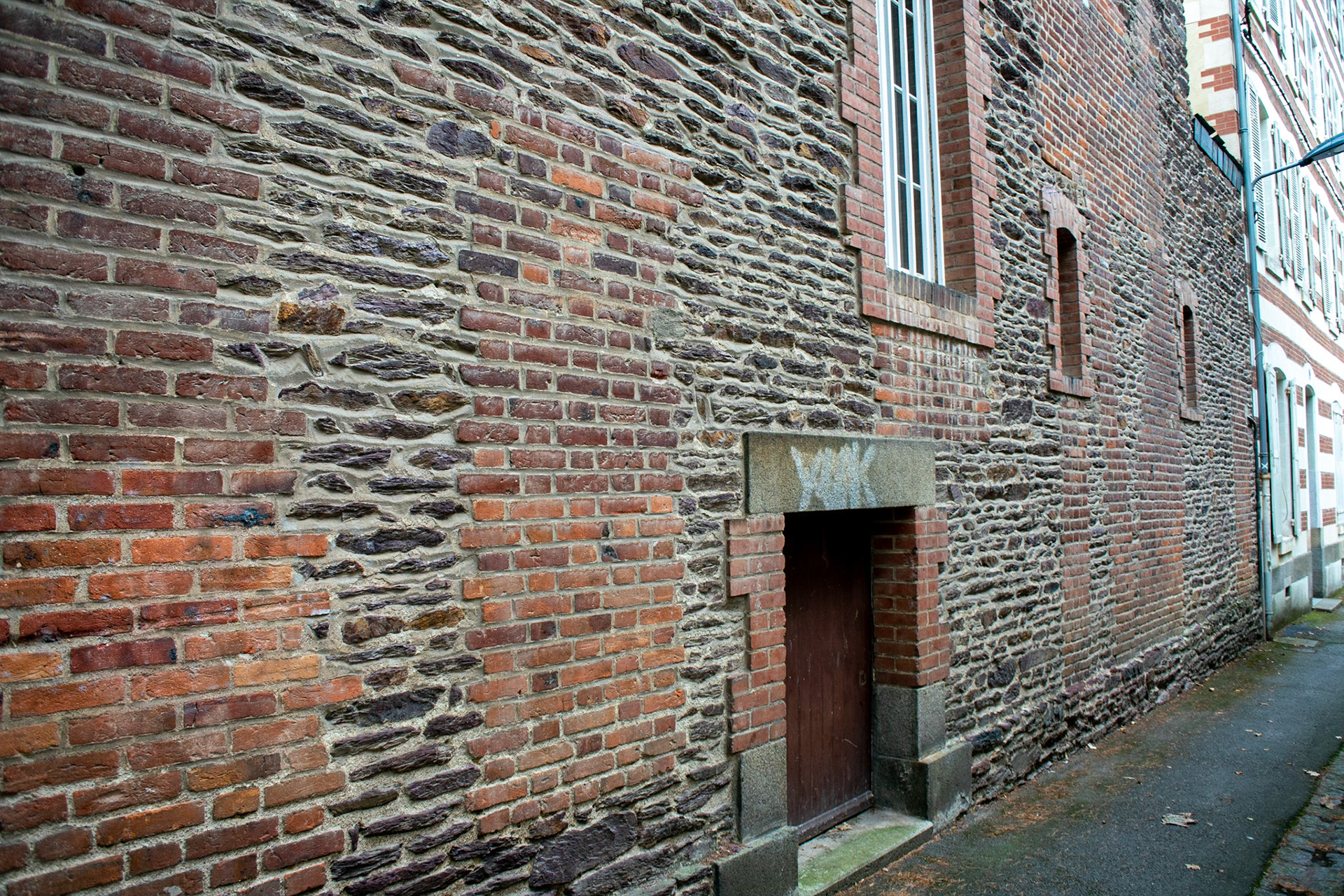
Mixed masonry.
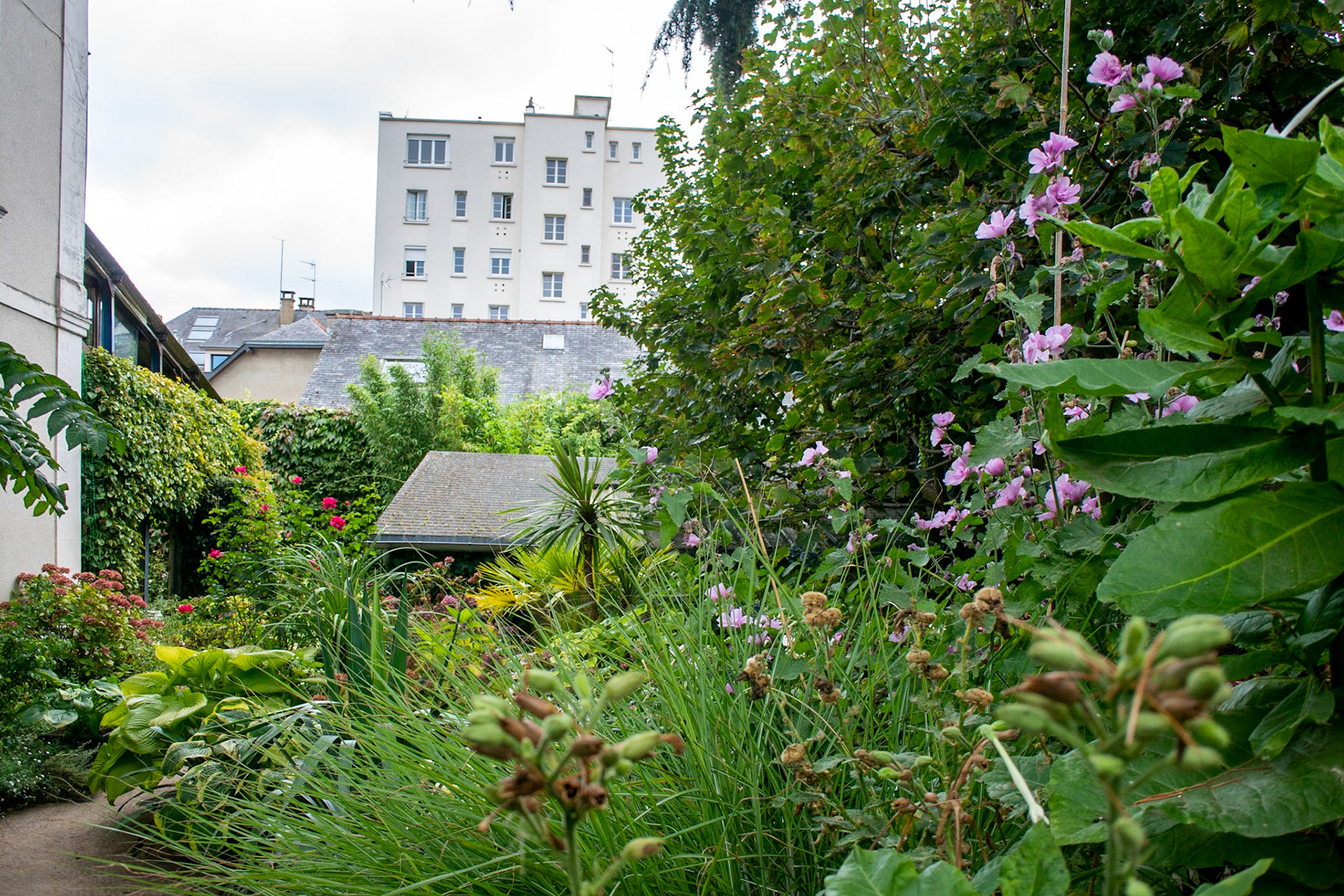
The weather here catches the storms coming from the Atlantic and shows it in its verdancy.
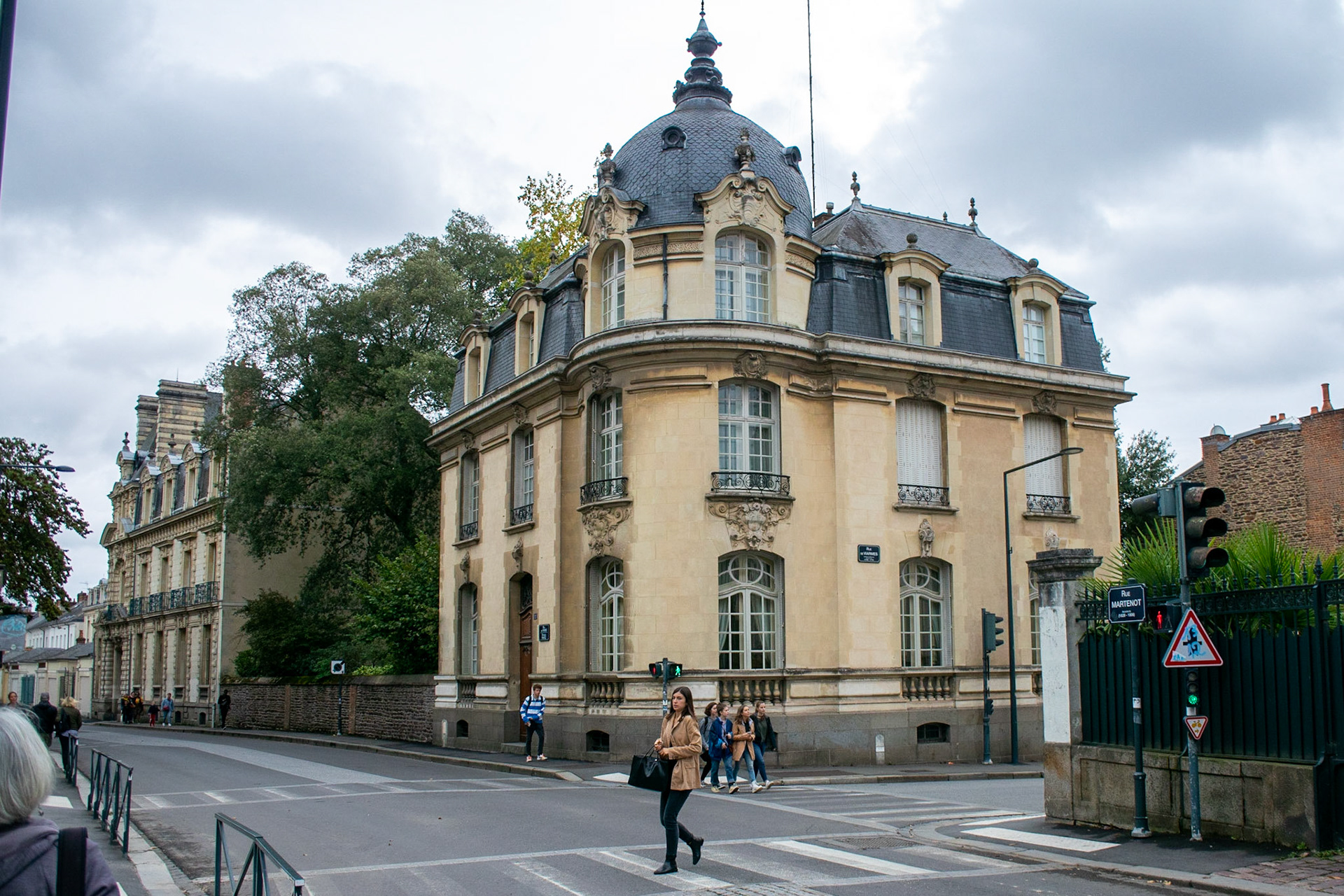
Bratagne rooftops and architecture.
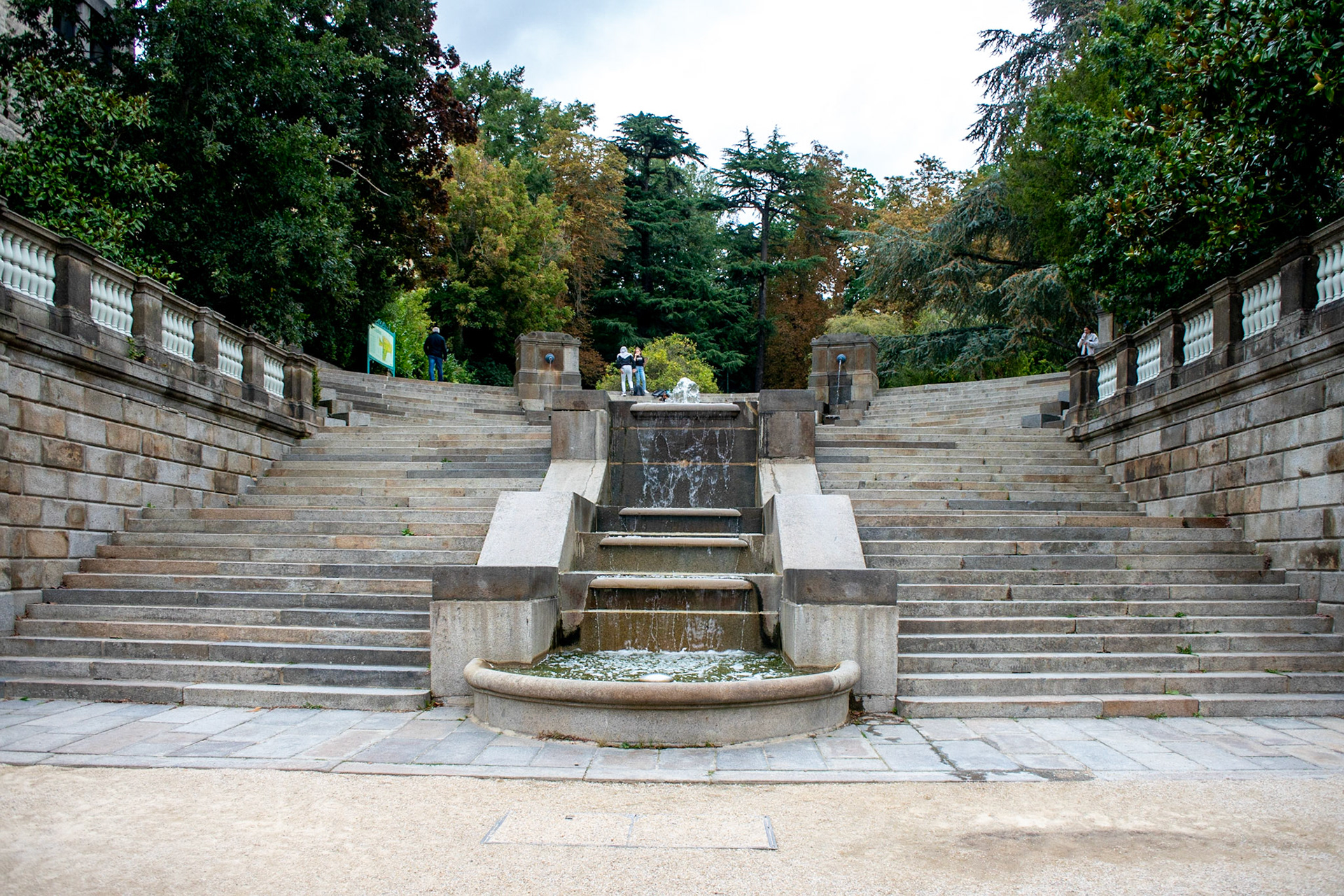
One entrance to the park.
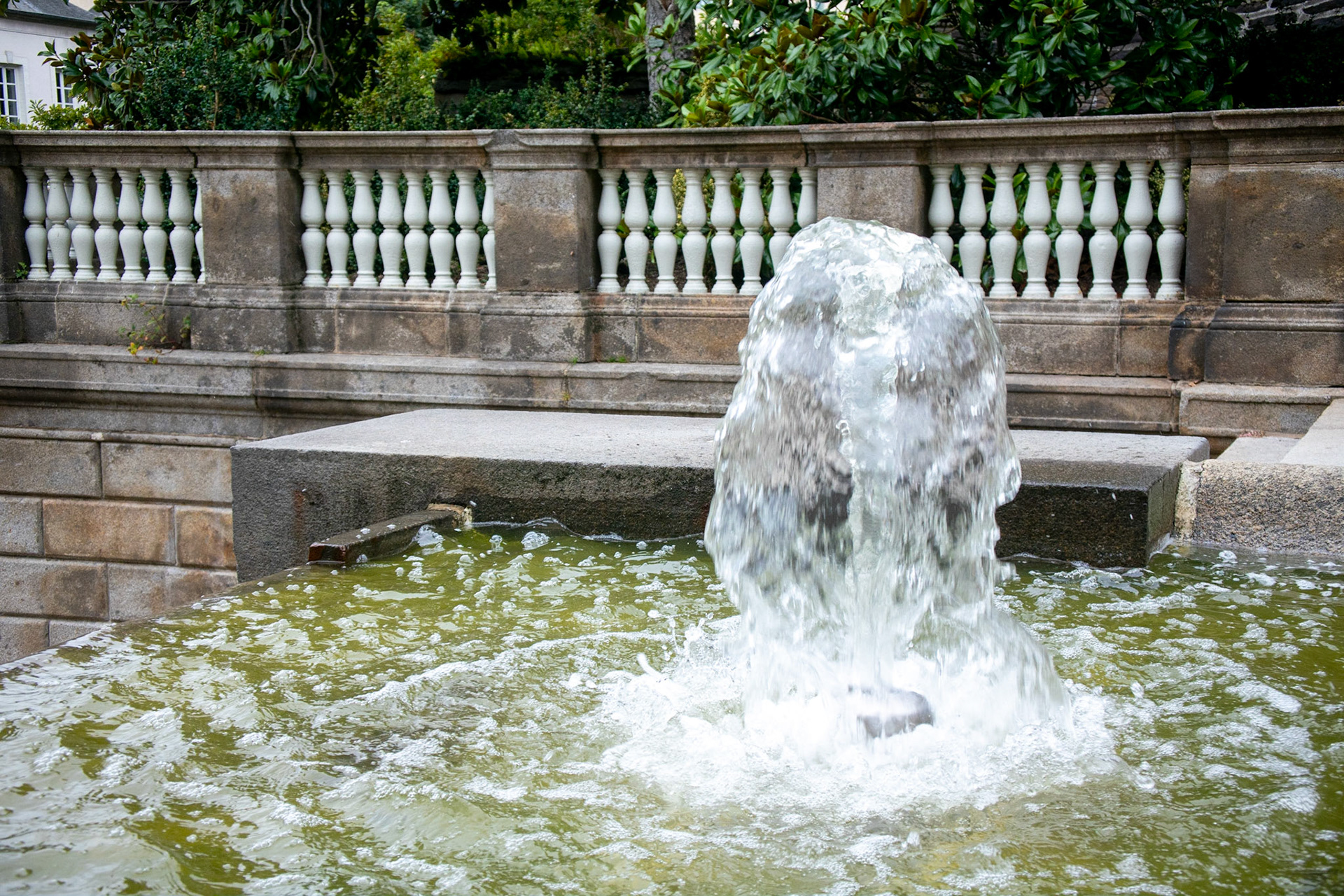
One of many water features around the bottom.
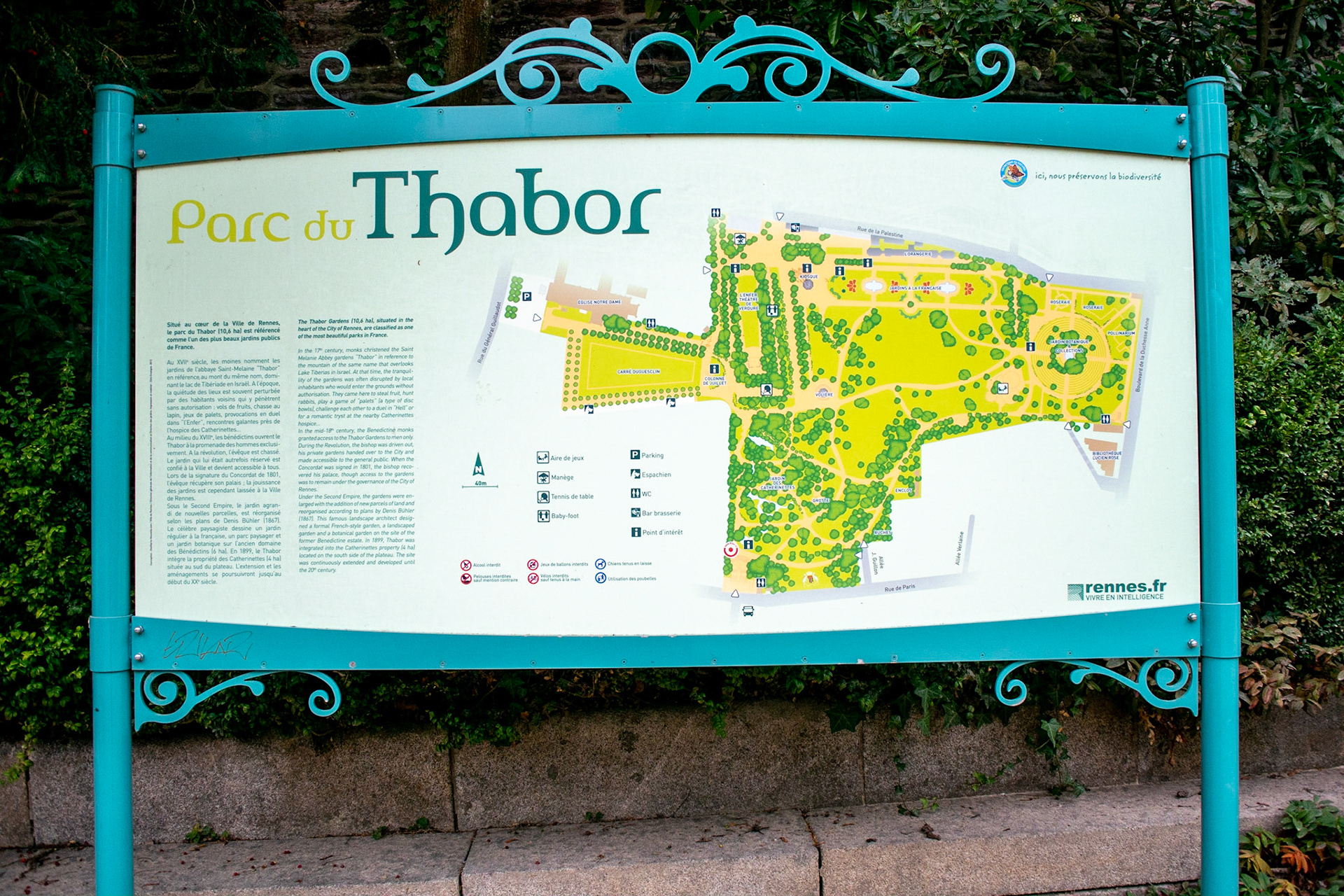
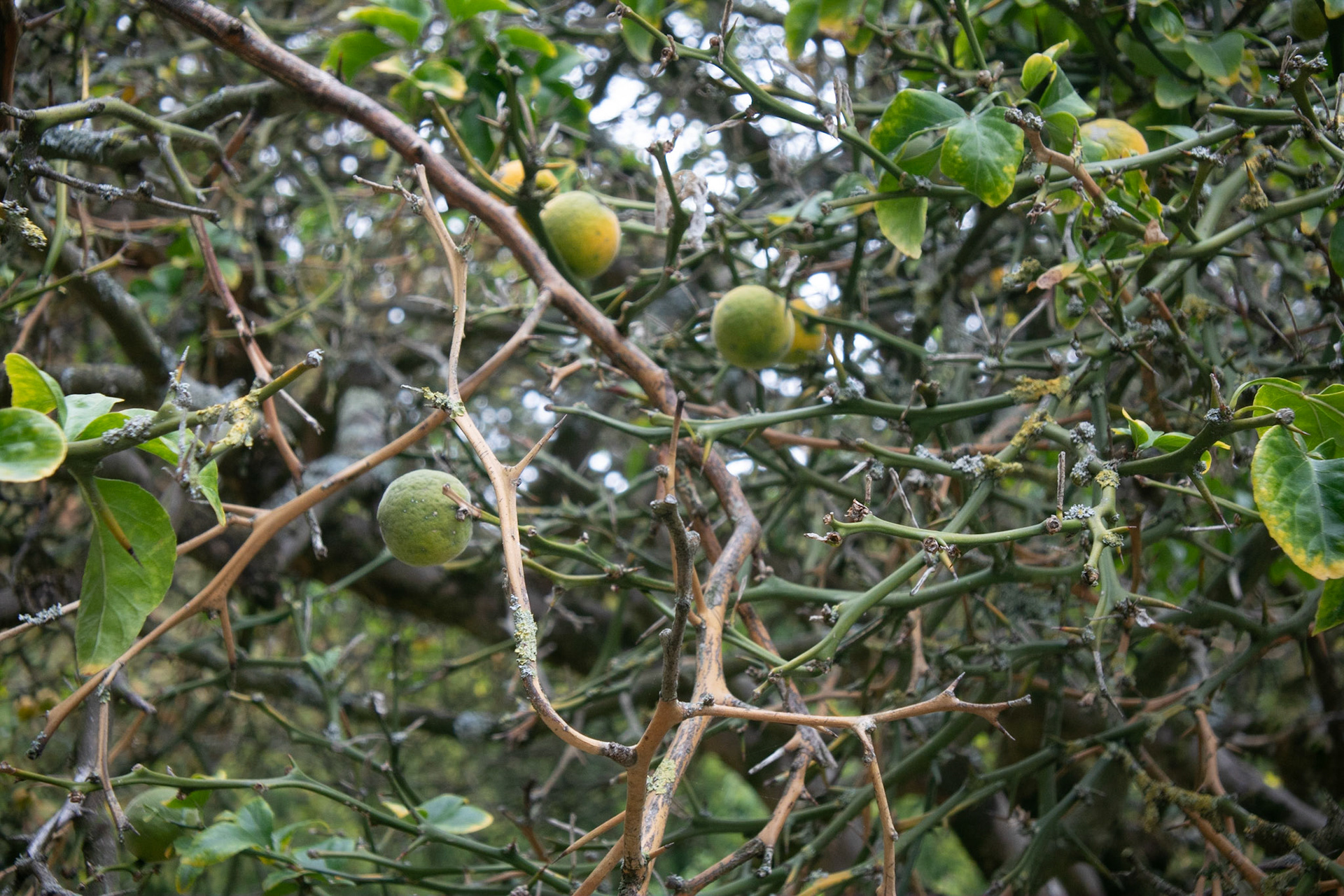
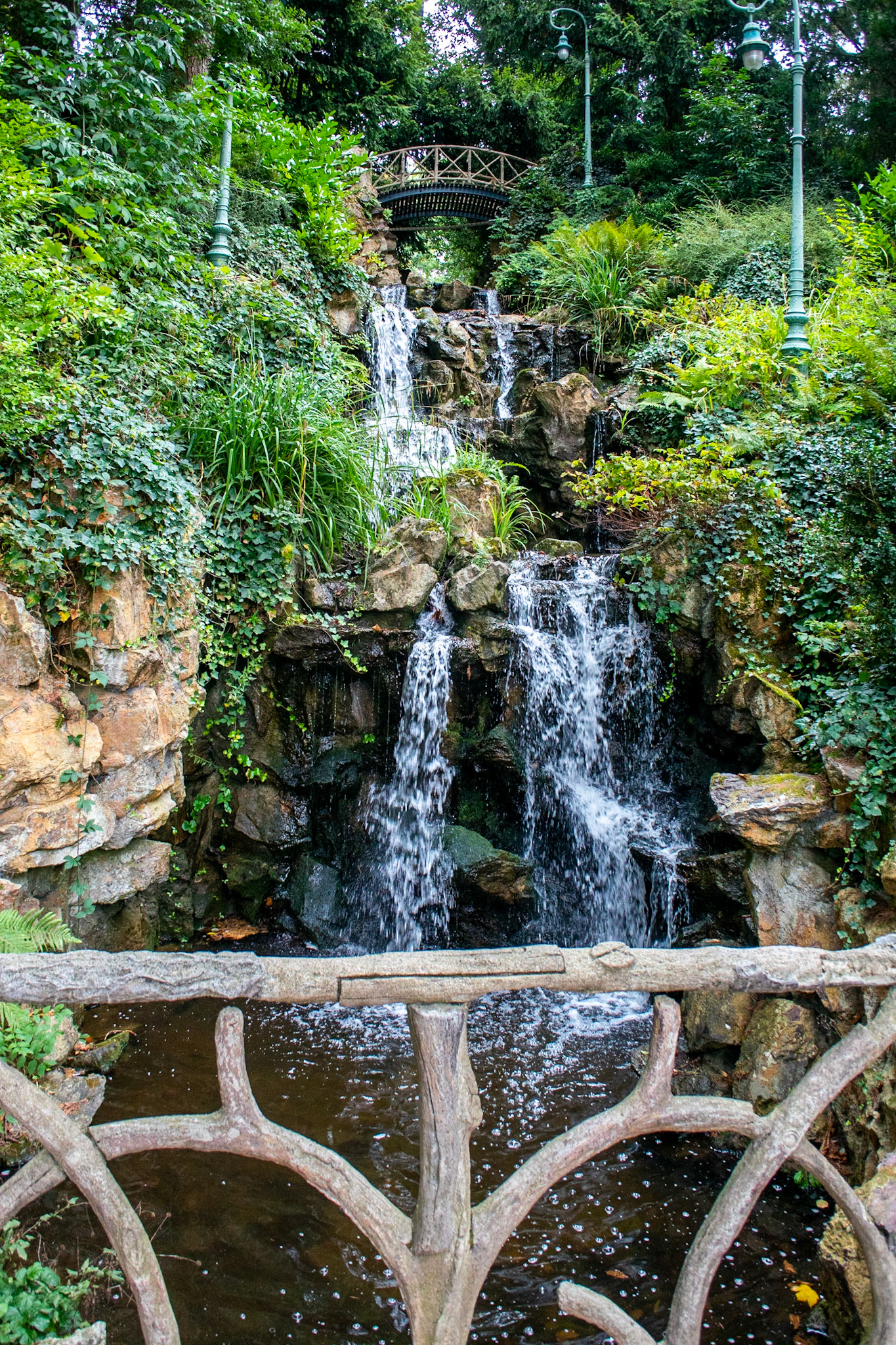
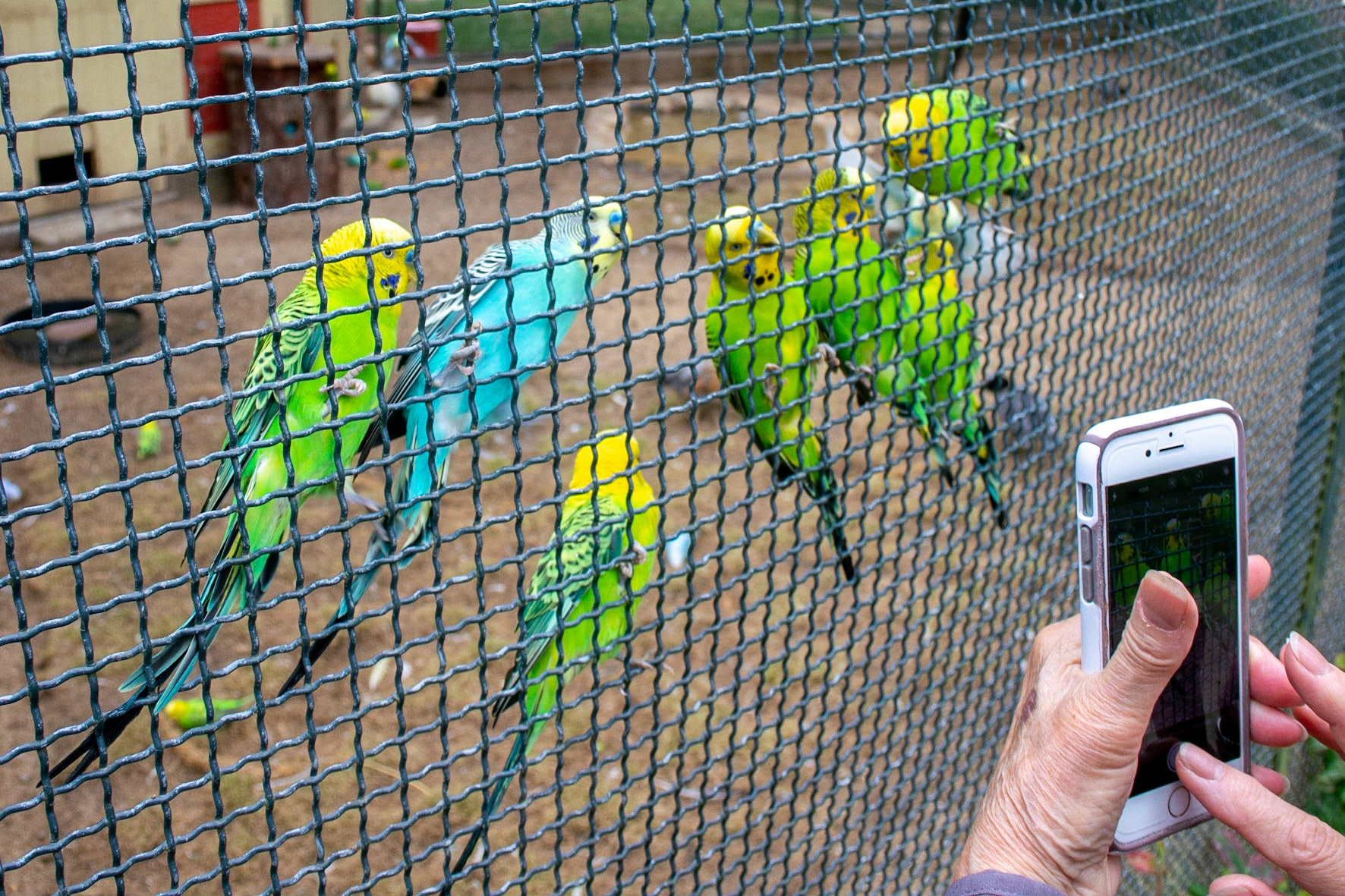
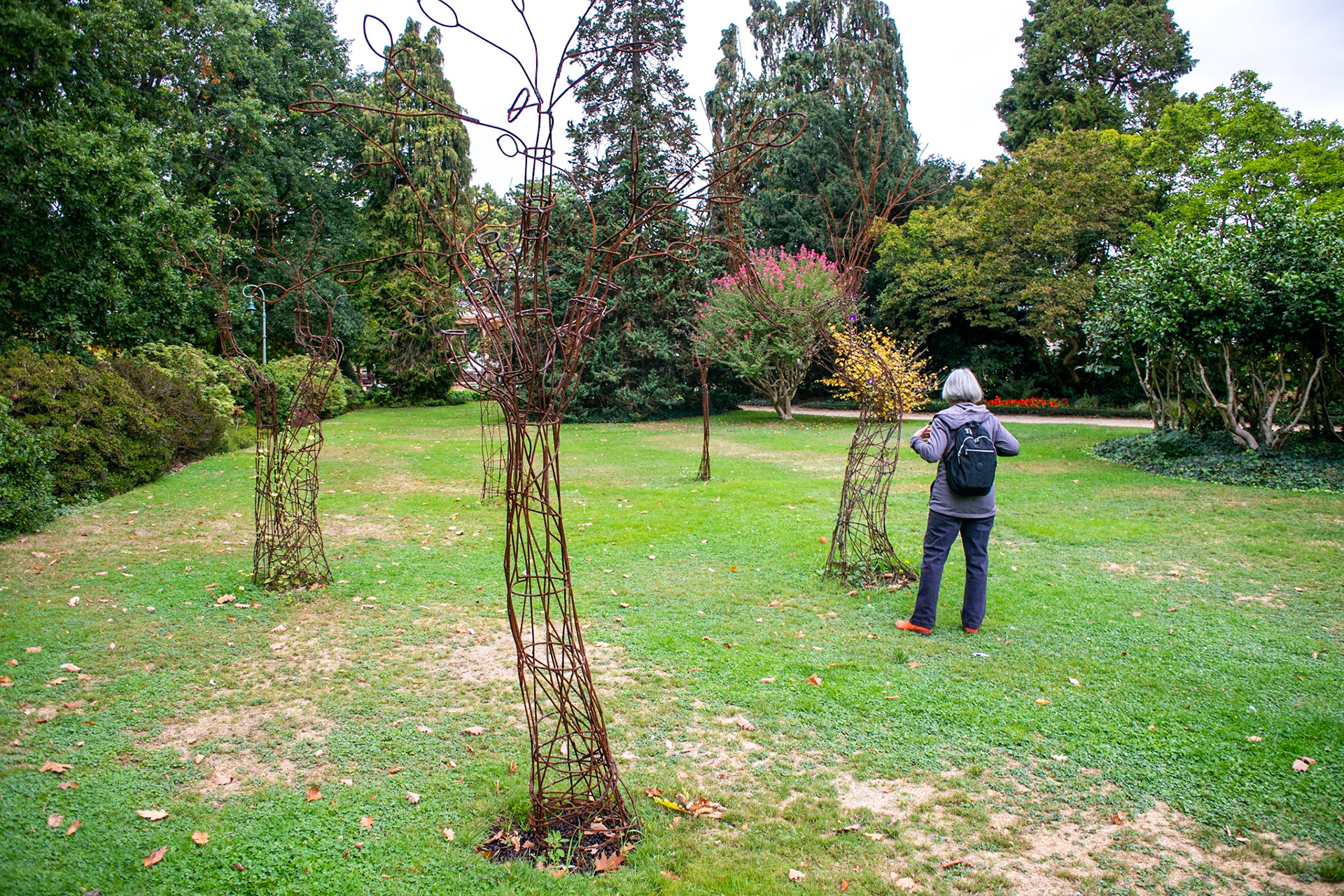
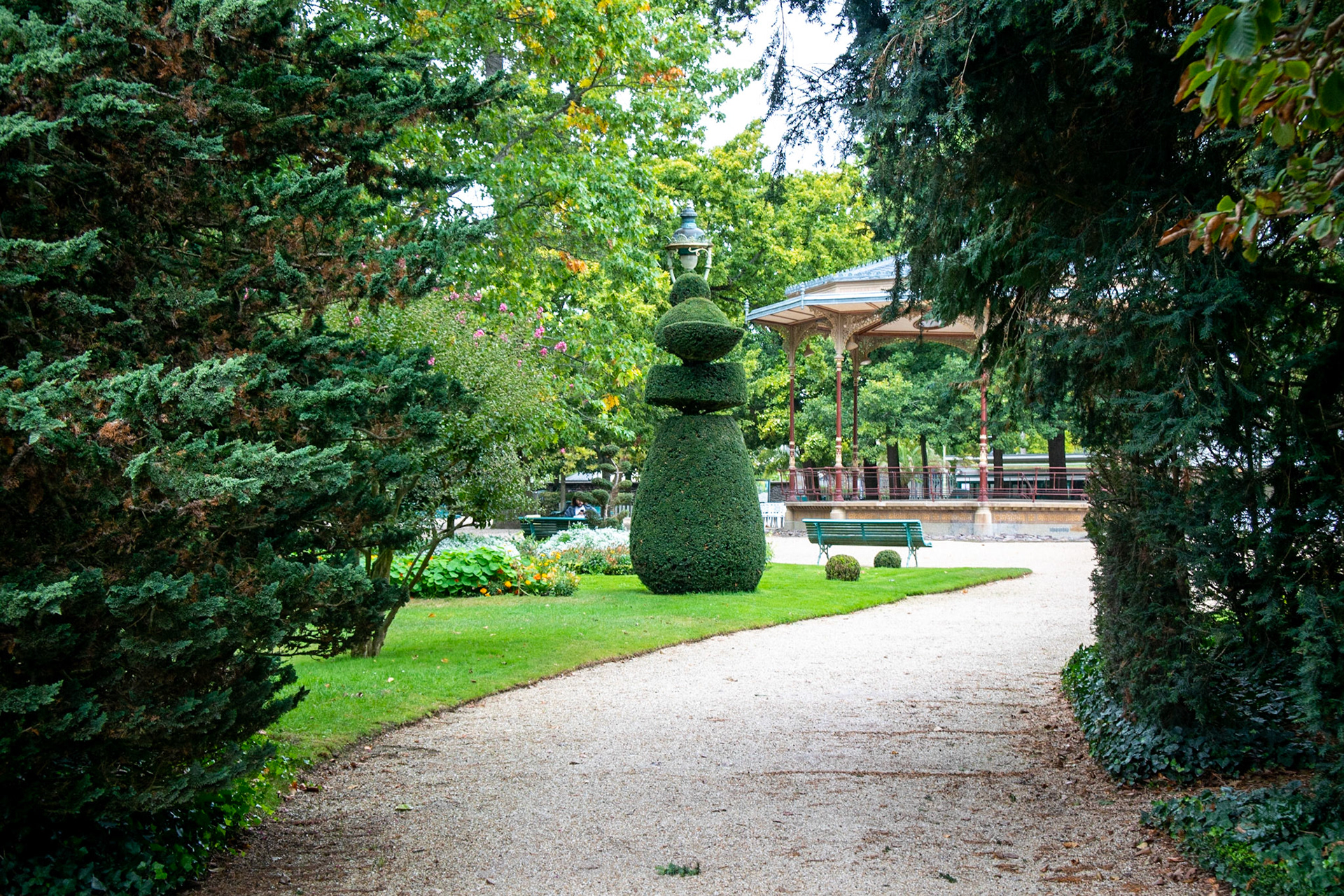
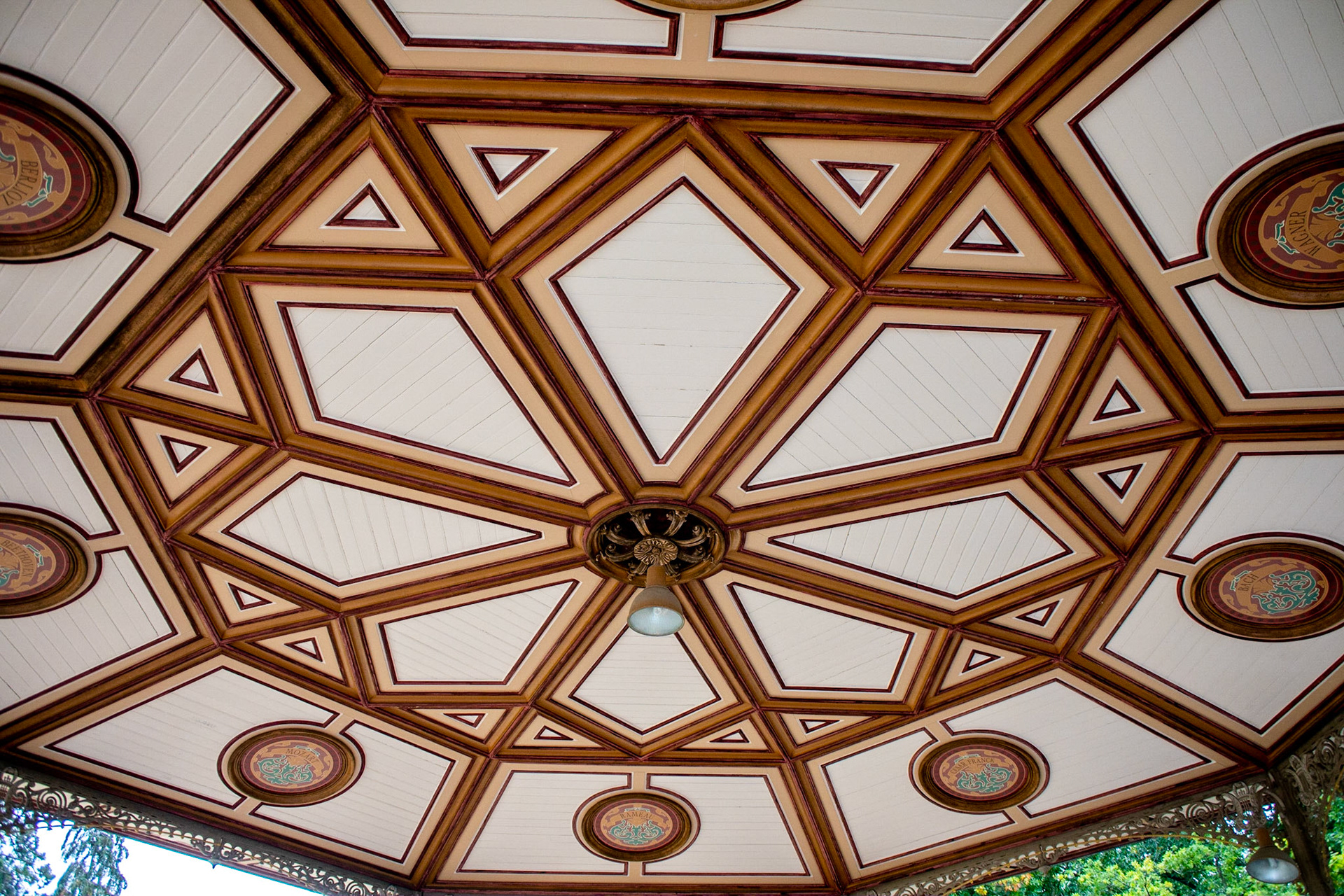
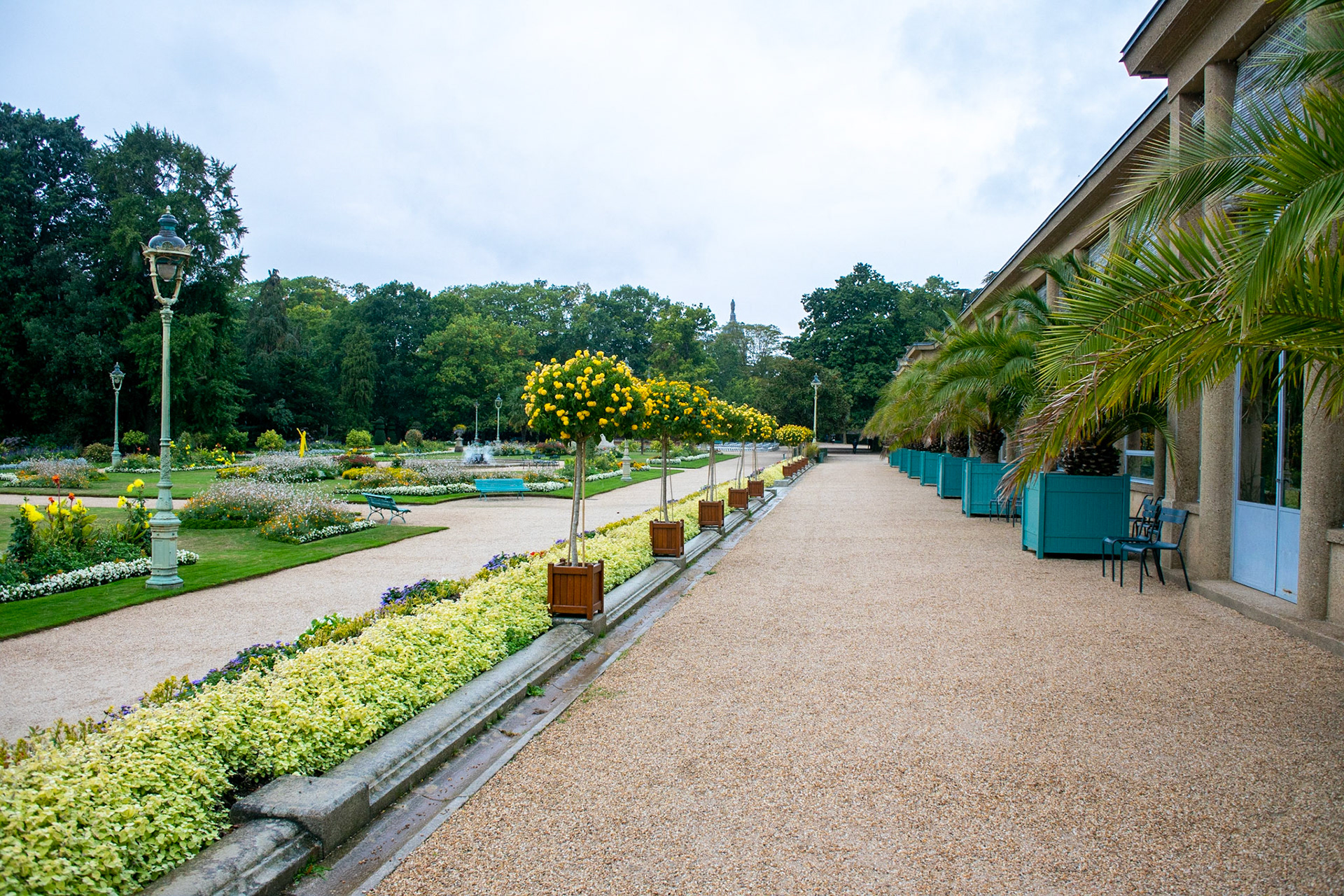
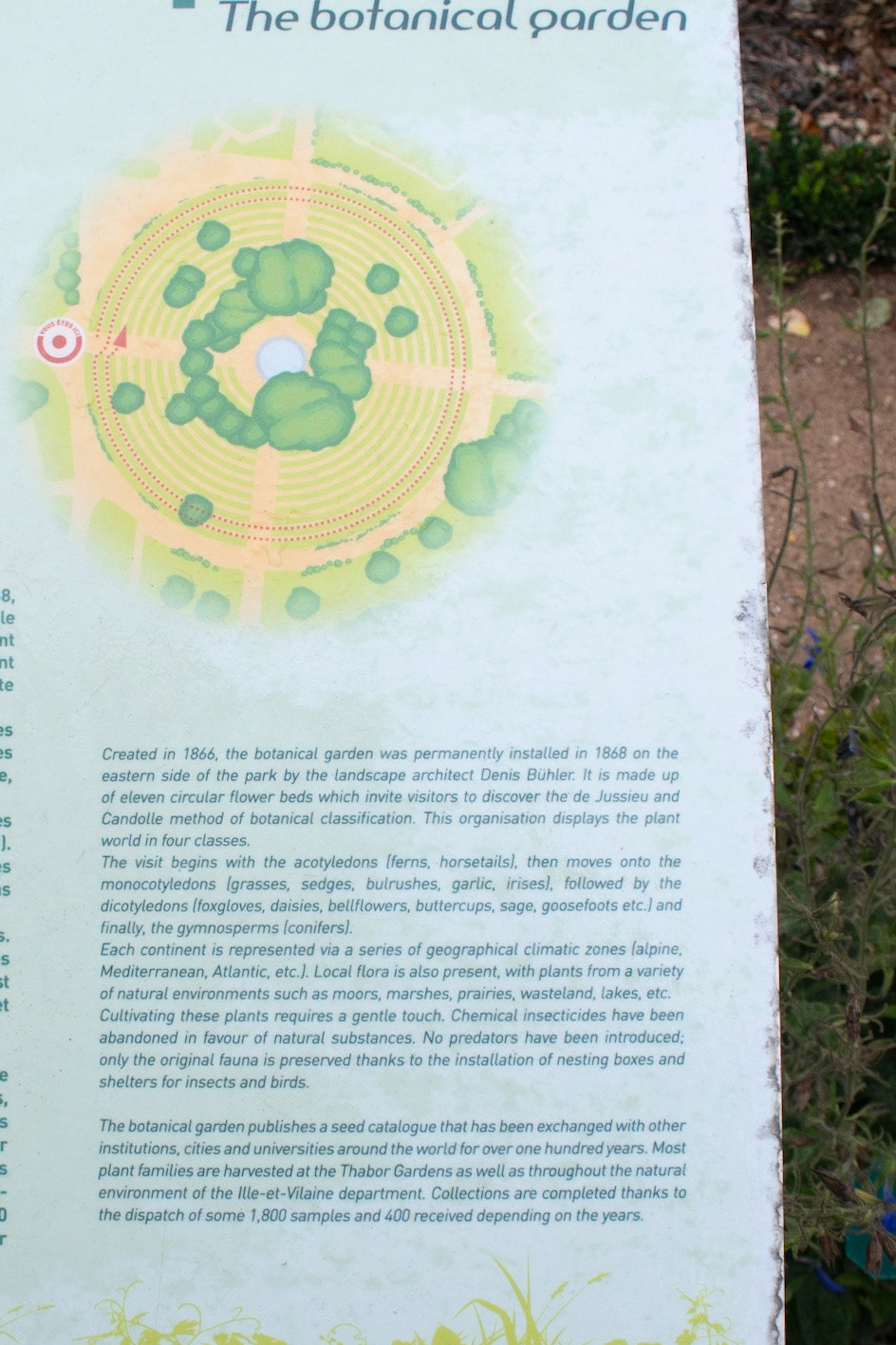
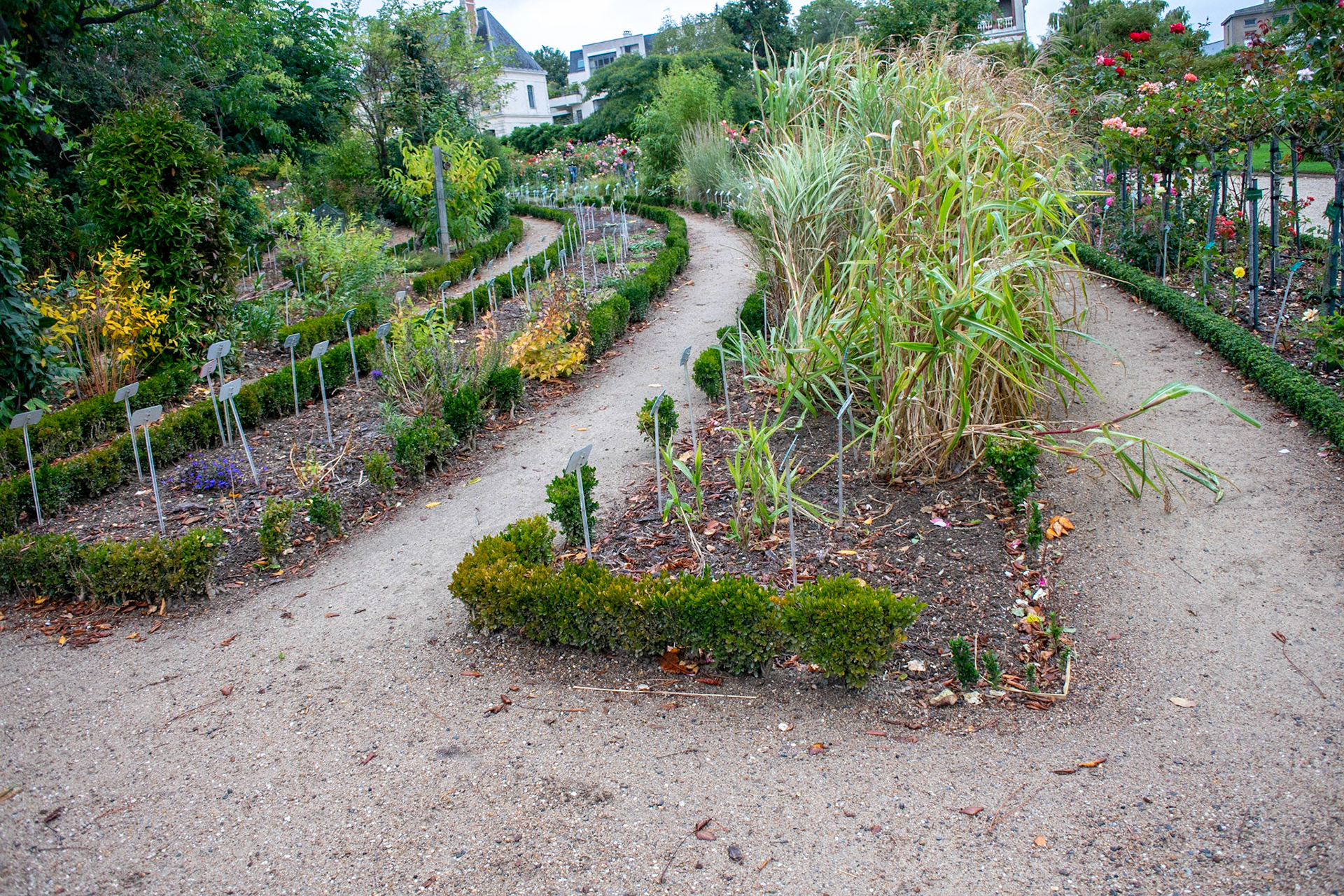
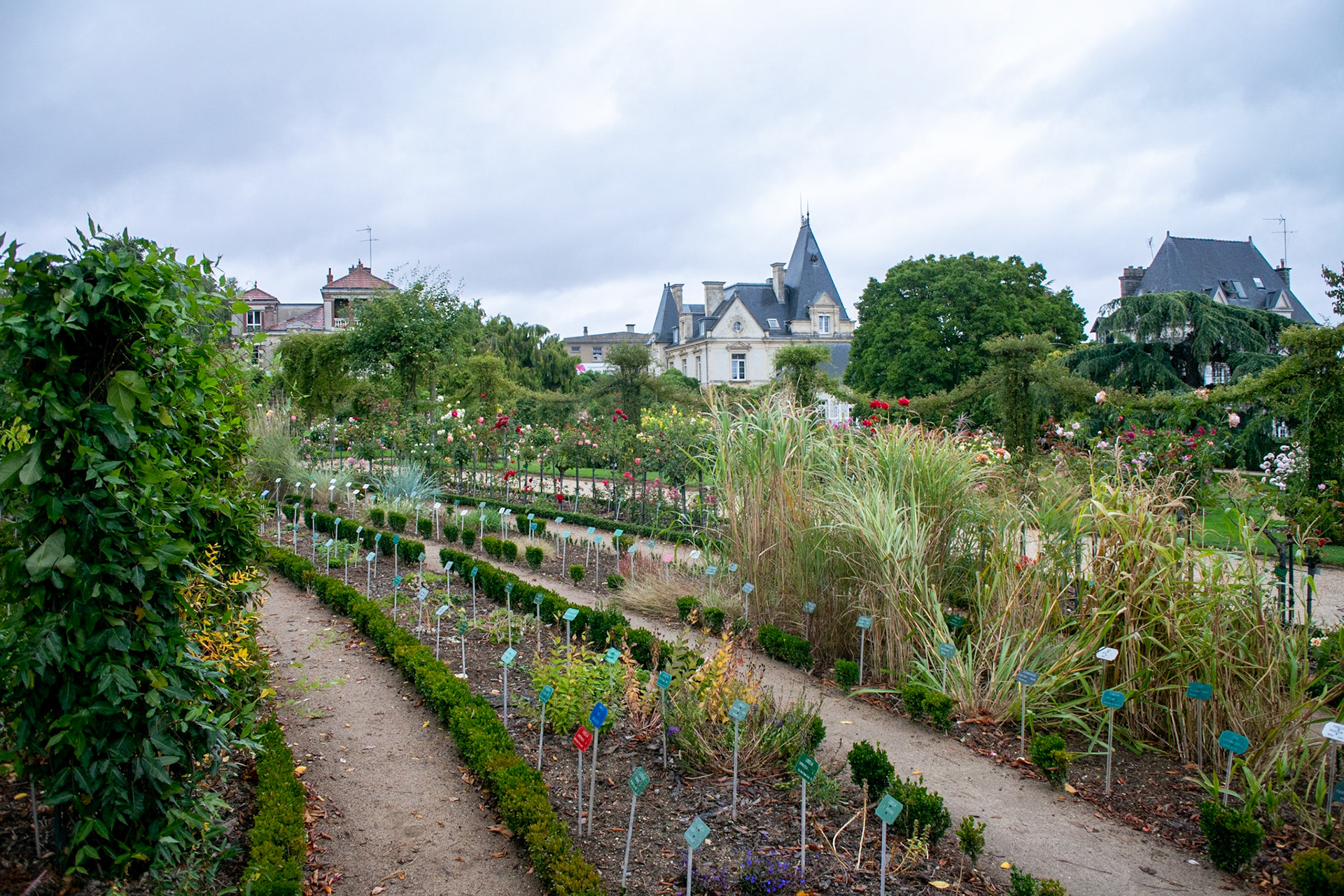
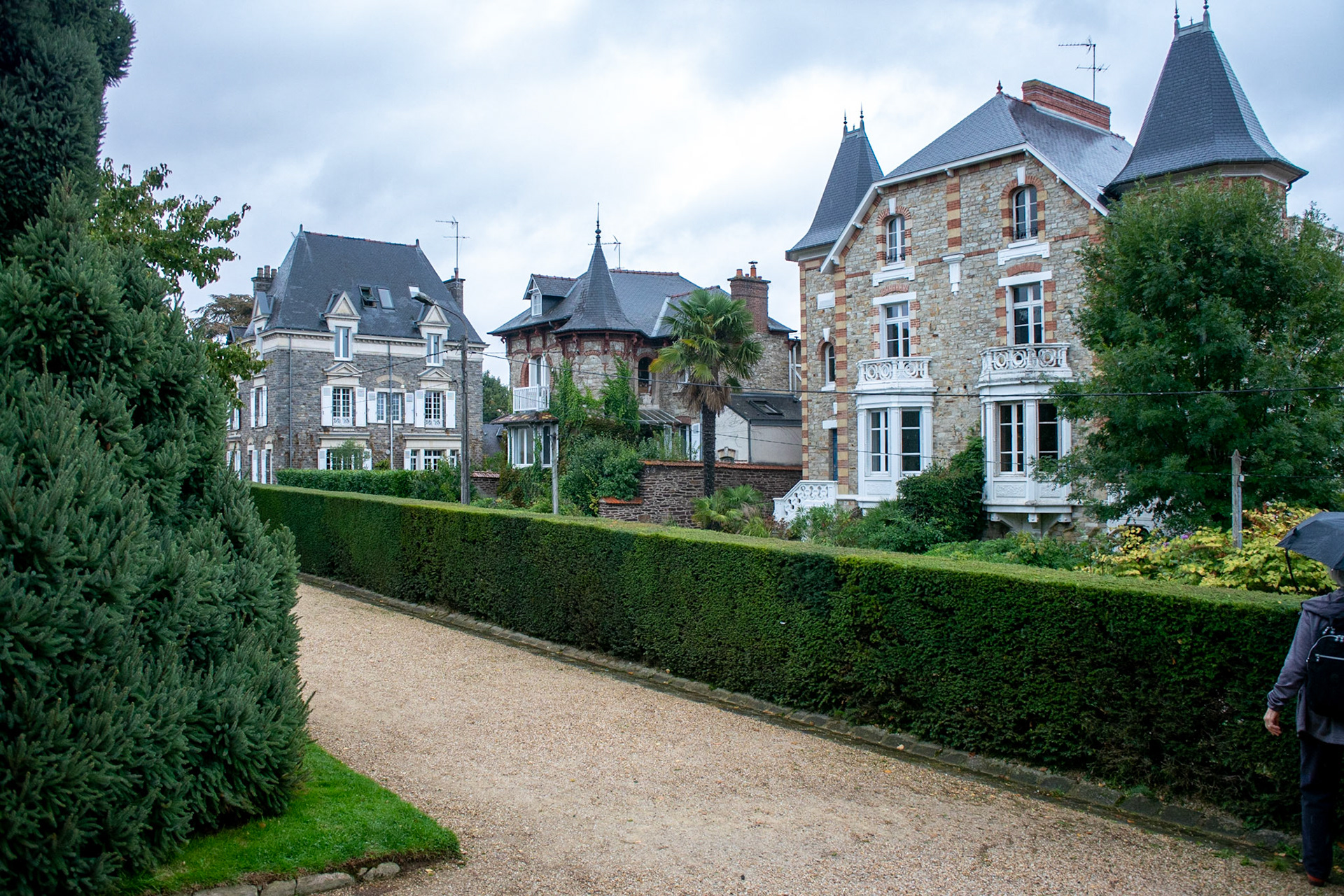
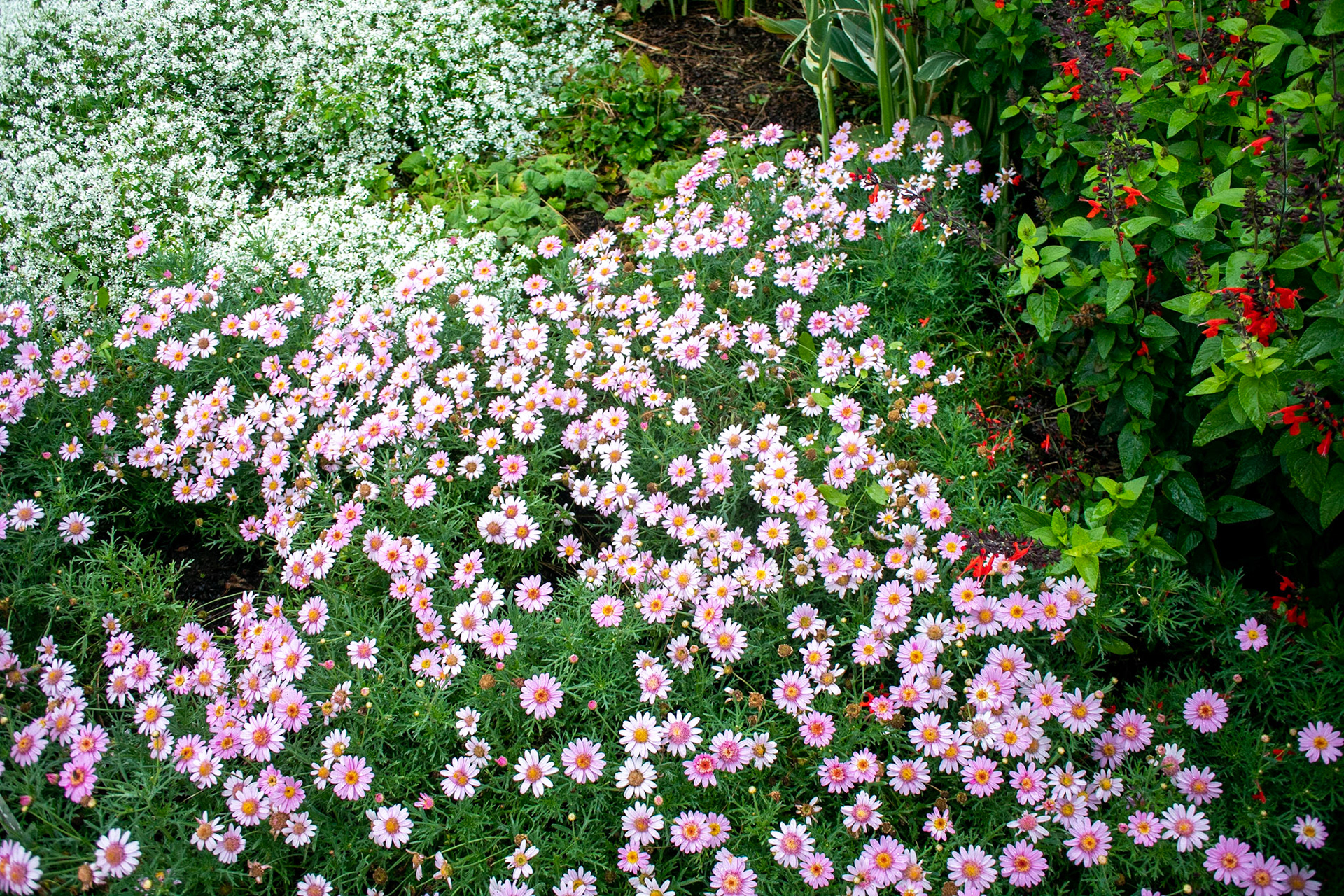
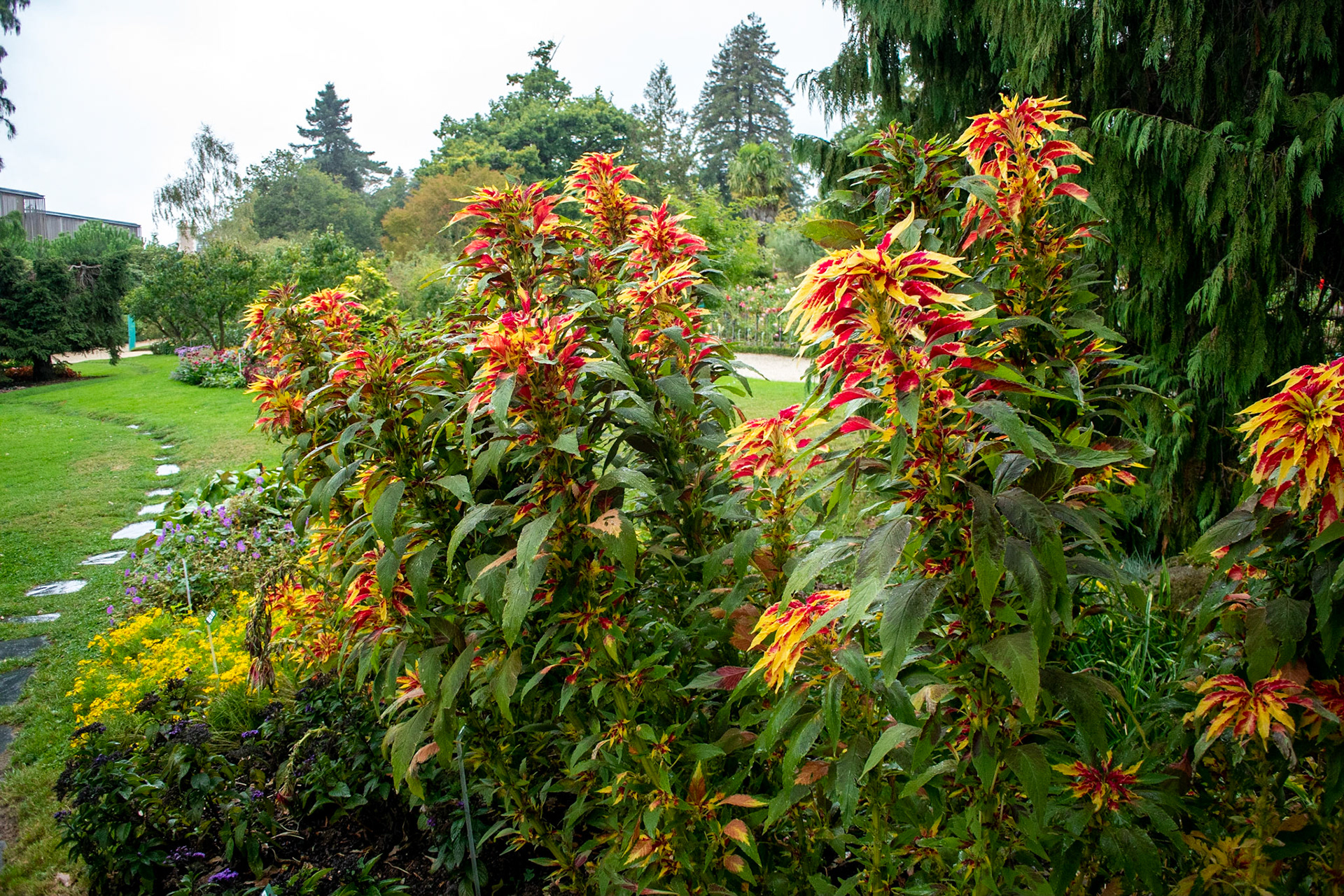
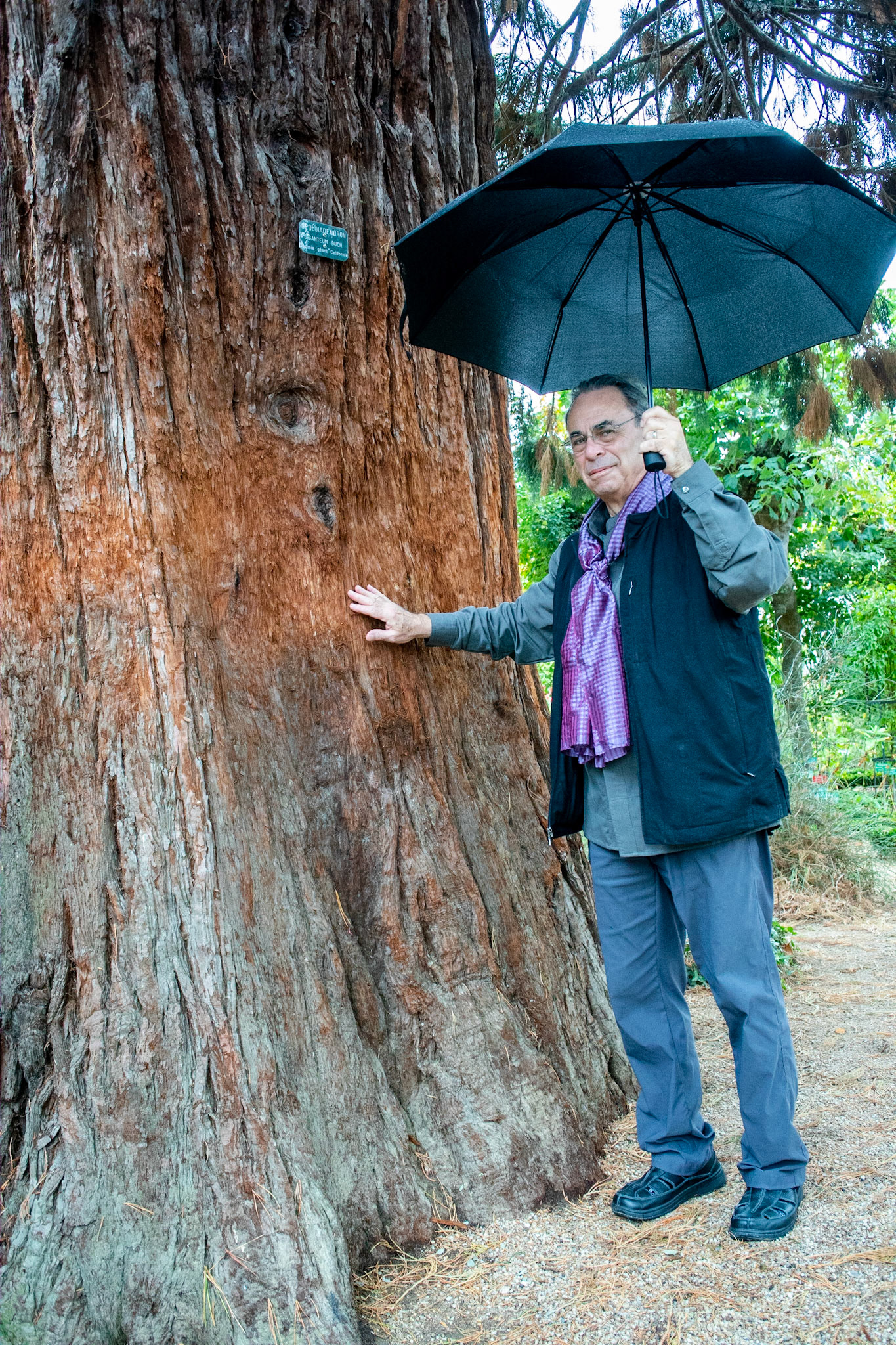
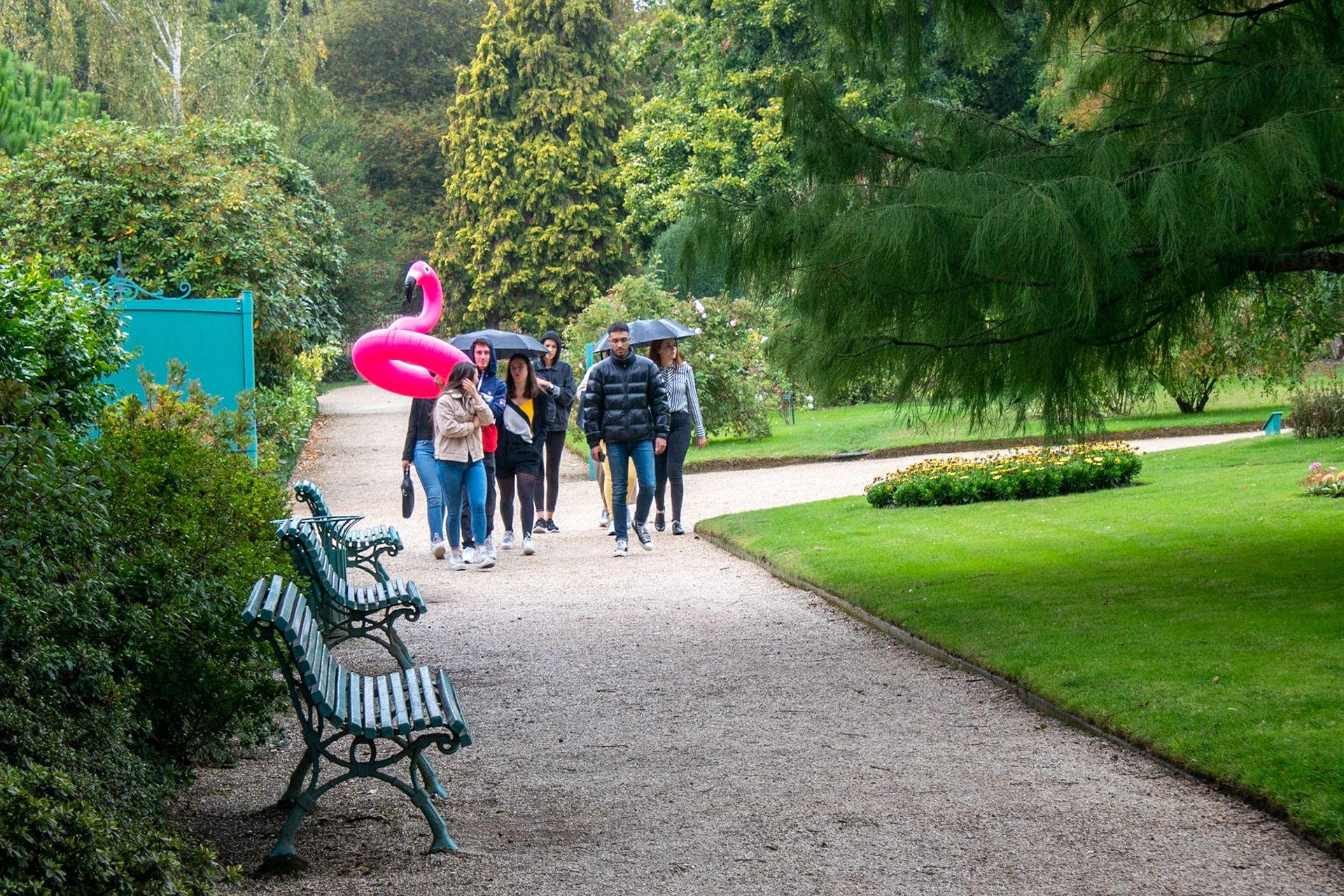
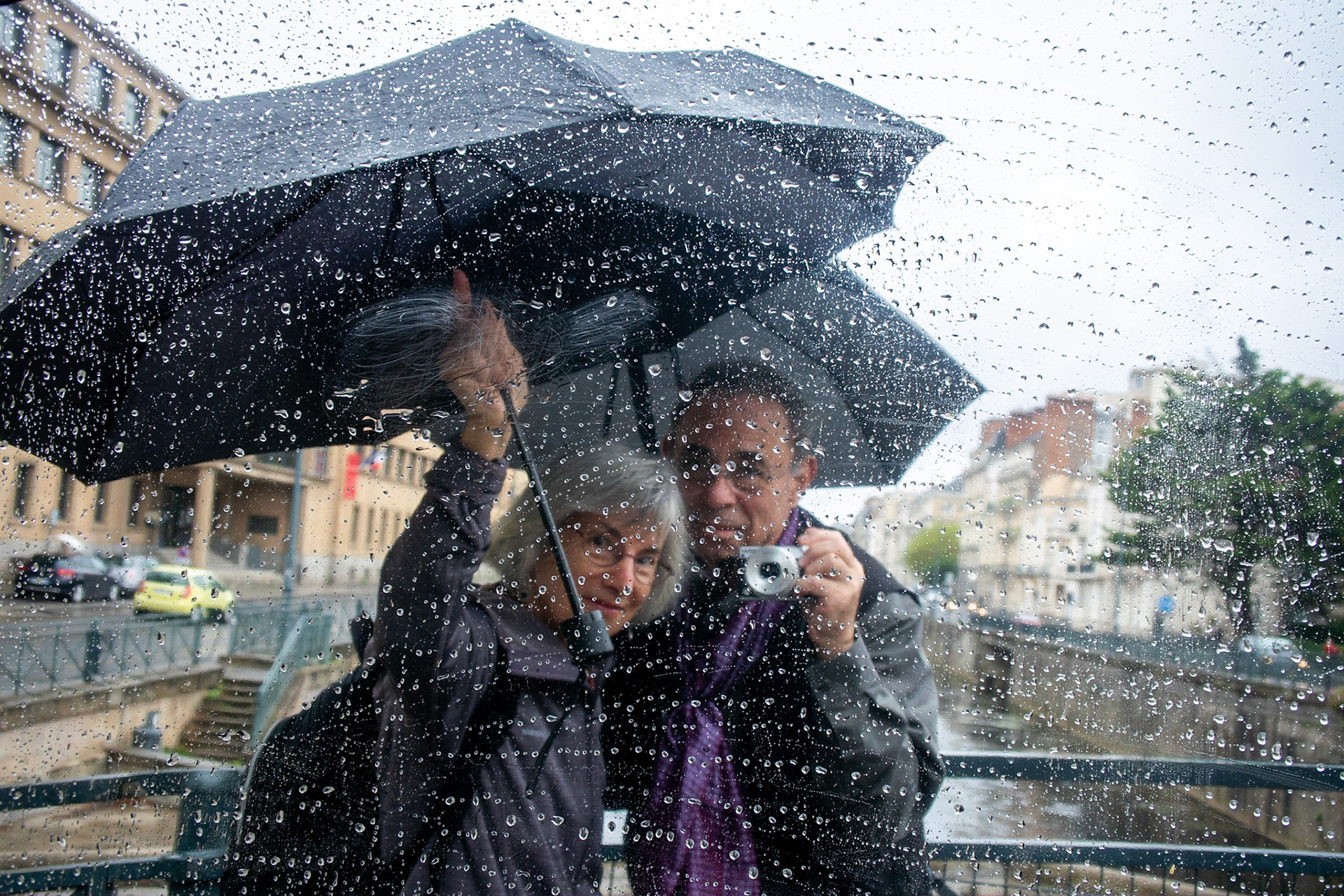
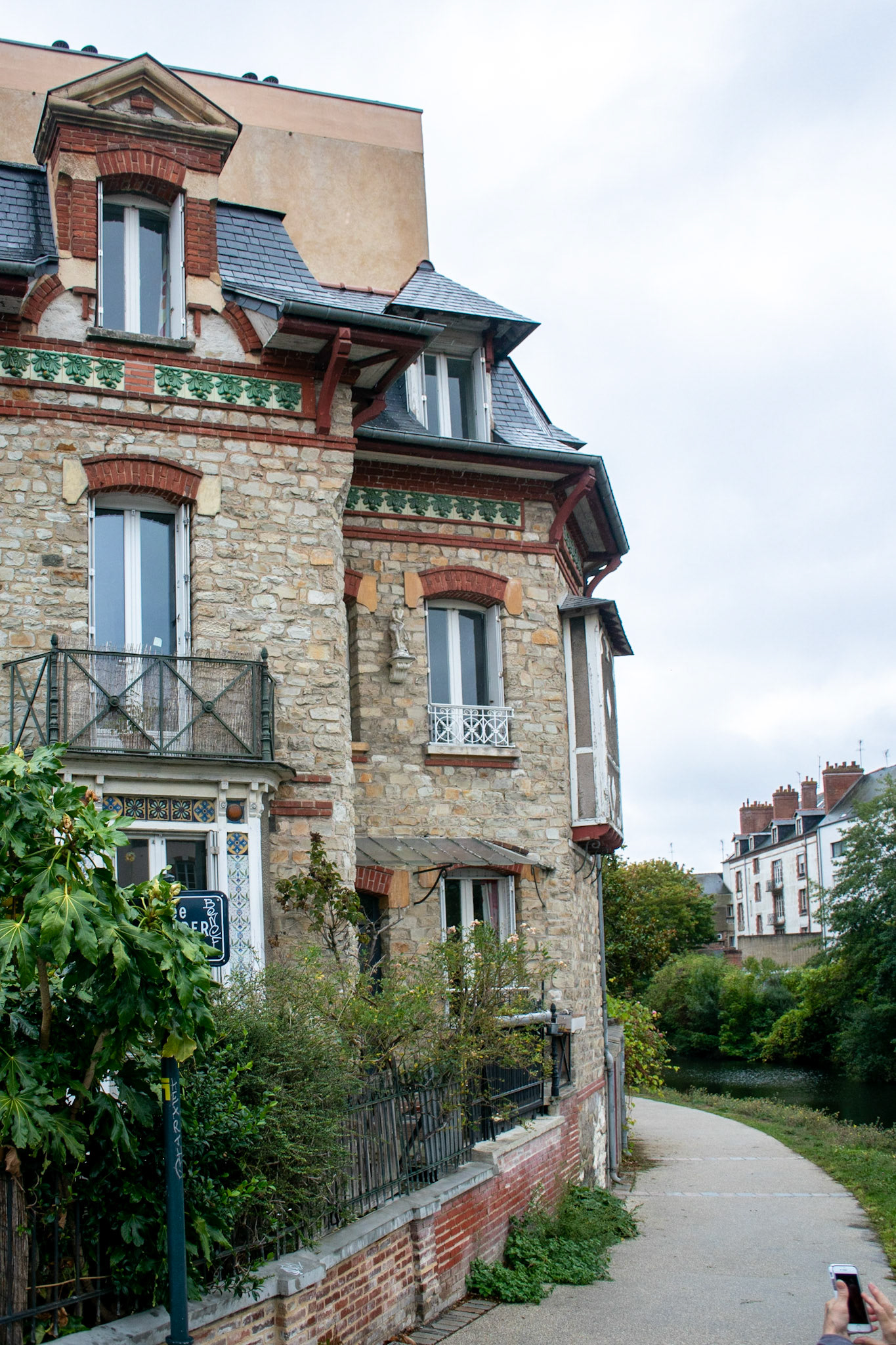
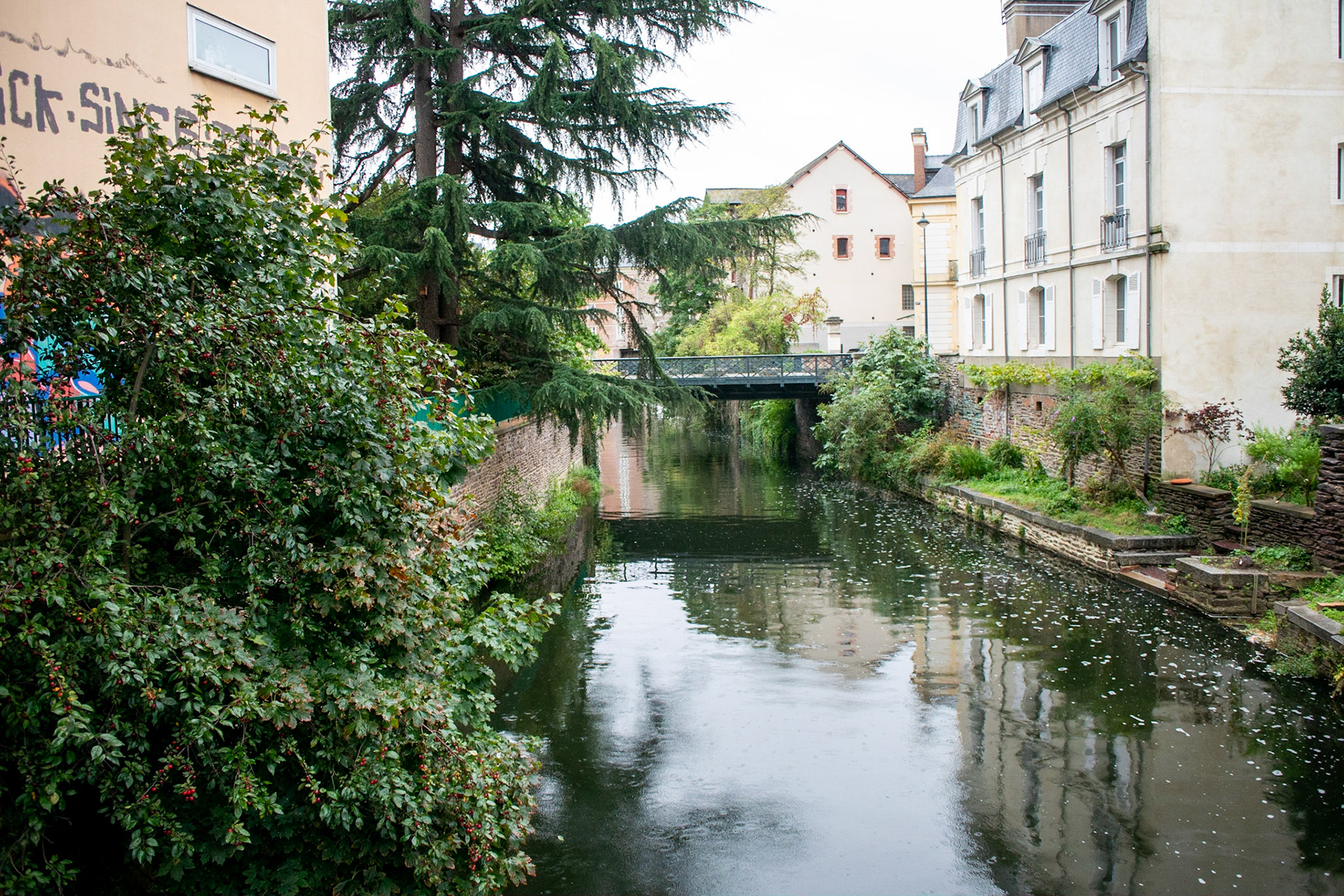
A side canal. We saw a few people rowing by and houses sometimes had boats tied up.
